|
This time of year, visions of classic dancers can easily be had. Whether it’s the Rockettes performing their annual Christmas Show at New York’s Rockefeller Center, Tchaikovsky’s immortal Nutcracker Suite put on by a local theater company, or simply an old television rerun of a Lawrence Welk Christmas special. The car radio, grocery store Muzak and holiday sing-a-longs can also conjure up visions of dancers and dancing. The classic Christmas carol “The Twelve Days of Christmas” features a ninth day boasting “nine dancers dancing.” I think most of us appreciate this holiday staple for the challenge of singing it, more than anything else. It’s somewhat reminiscent of the traditional reverse counting folk song of anonymous nature— “99 Bottles of Beer on the Wall.” However, spiked eggnog is more of an accompanying drink du jour to “Twelve Days” over plain old beer at a “spirited” yuletide party. 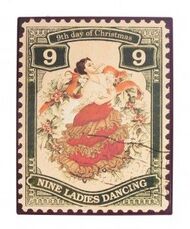 For those not familiar, “The Twelve Days of Christmas” is an English Christmas carol that lists a series of increasingly grand gifts given on each of the twelve days of Christmas (the twelve days that make up the Christmas season, starting with Christmas Day). It does this in a playful, cumulative manner. The song is thought to be of French origin and was actually published in England in 1780 without music. Instead it began simply as a chant or rhyme. The standard tune now associated with it is derived from a 1909 arrangement of a traditional folk melody by English composer Frederic Austin. This week’s “Story in Stone” is about a former Frederick couple who constituted a dancing team that were well-known to locals and vaudeville audiences of yore across the country. They were known as “The Professor and Mrs. Karl Von Rabe.” Their full names were Karl Emil Rabe and Nora Jane (Deter) Rabe and they rest in peace in the shadow of a large oak tree on the southwest corner of Mount Olivet’s Area R. The first day I first visited their gravesite, I was entertained to see falling leaves “dance” across their grave monuments commonly known in the industry as “Hickey Markers.” The Rabes Karl Emil Rabe was born October 5th, 1879 in Copenhagen, Denmark. He grew up learning the traditional dances of his home and surrounding countries in Europe. He came to America in October of 1898, settling in New York City. Karl married a Frederick girl named Nora Jane Deater a short time later on December 4th, 1900 in Troy, NY. According to naturalization papers filed a short time after, the Rabes lived at 305 W. 45th Street. In summer of that year, Nora born November 22nd, 1882) appears in the 1900 census living in Baltimore with siblings and listed her profession as that of an opera singer.
In 1914, the Rabes were living in Chicago and employed as house artists in residence at the Bismarck Winter Garden, a prosperous dinner and dance club in “the Windy City.” This was the launch pad for them to become known as celebrated masters of dance. So much so, the Rabe’s were invited to attend a dancing masters’ convention in Cleveland, Ohio that summer. This chance opportunity led to national acclaim and attention for the couple as they soon became the darlings of the press. A wire feature in mid-July was done on the couple and their introduction of a new dance craze for the time entitled “The Aeroplane.” And to think of the novelty as the Wright brothers had done their thing only 11 years prior at Kitty Hawk. And in case you were wondering, the first airplane to land in Frederick occurred in 1911. This article was published by hundreds of newspapers across the country. The following week newspapers featured the Rabes again with an illustrated article introducing “the Trasko Waltz.” A website entitled Sonny Watson’s Streetswing.com gives credit to the Rabes for introducing this ballroom dance here in the US. It was described as “basically a waltz with a pirouette” and said to be based on dances of Karl Rabe’s native home of Denmark. The Bismarck Gardens unto itself could have lent inspiration for our local Peter Pan Inn that inspired big band leader turned restaurateur, Richard Baumgartner. This once graced Urbana. In the case of Bismarck Gardens, the ethnic Germans of the old Lake View neighborhood of Chicago along with other parts of the city, liked to celebrate their heritage as it pertained to drinking. Bismarck Gardens was located at the southwest corner of Grace and Halsted Streets in old District of Lake View. It opened in 1894 by brothers Emil and Karl Eitel to serve the sizable number of German-Americans living on Chicago's North Side. The park-sized space quickly became one of the city's most popular summertime beer gardens. It featured ample shade trees, electric lamps, an outdoor stage and dance floor, and plenty of beer and music. An attractive entertainment hall was also built so to permit year-round operations. Bismarck Gardens did have issues with its neighbors much like the neighbors surrounding the venue—primarily parking and noise! Other issues that would severely impact the Rabes and their employment at the Bismarck over the next few years were World War I anti-German sentiment, labor strikes, and Prohibition Act of 1919. Bismarck Gardens had to renamed to Marigold Gardens by 1916, in response to rising anti-German sentiment in the city before and during the First World War. Speaking of the Great War, draft records (completed in early fall of 1918) show Karl Rabe’s completed form and lists him working as a vaudeville employee for the United Booking Company. Rabe recorded the Palace Theater on Broadway in New York City as his place of employment. At this time, he was living at 415 S. Market Street here in Frederick, however he registered in Savanna, Georgia. On Ancestry.com, I found records that show the Rabes visited Denmark in 1922 and in 1925, performed a tour in Australia. Outside of that, I haven’t been able to find any further articles or census records through the 1920s and 1930s. My hunch is that they were active in the Roaring Twenties but had to keep low profiles, and the Great Depression and 1930s provided lean opportunities for ballroom dance masters. When the energetic couple decided to settle into retirement around 1940, the Rabes came back to Frederick and opened an antique shop at 47 E. Patrick Street—Nora Jane Antiques. The couple took up residence not far from Mount Olivet at 102 McMurray Street. I found a small article announcing Karl Rabe’s illness and hospitalization at Frederick Hospital. It described the former dancer saying that he was best known around town by the nickname of “Karlie.” It went on to say: ”Mr. Rabe won the affection and respect of everyone with whom he met. His lively spirit and loving nature far surpassed any ordinary person." Karl died March 31st, 1957. Nora Jane would only outlive her husband by nine years, passing on November 15th, 1966. Oh, to imagine the thrill and view from their perspective on the Bismarck Gardens dance floor back in the day performing to full houses in Chicago at Christmastime?
This certainly brings to mind the imagery and lyrics of another popular song about dancing during this holiday season. Performed by both Frank Sinatra and the amazing brother-sister vocal duo of the Carpenters, “The Christmas Waltz” is one of my personal favorites, and surely would have been enjoyed by Karl and Nora Jane had they had the chance to dance to it. It's that time of year when the world falls in love Every song you hear seems to say "Merry Christmas, may your New Year dreams come true" And this song of mine in three-quarter time Wishes you and yours the same thing too
3 Comments
This week, we are readying for our second annual “go-round” of Wreaths Across America Day at Mount Olivet Cemetery here in Frederick on Saturday, December 14th. Along with the famed Arlington National Cemetery and 1,600 additional locations throughout the United States, and at sea and abroad, we are hosting an event in which volunteers and fundraising sponsorship partners will help enact the mission of Remembering, Honoring and Teaching through the placement of special wreaths on veteran graves. We have over 4,000 men and women buried here, having served in the US military and ranging from conflicts which include the American Revolution, War of 1812, the Mexican War, American Civil War, Spanish-American War, the World Wars, Korea and Vietnam. They are currently marked with small flaglets (since Veterans Day), something that also occurs here on Memorial Day thanks to our local Francis Scott Key Chapter of the American Legion. Our goal is to have all of the graves marked by wreaths in future years, however we will be able to cover about one-third thanks to generous contributors who sponsored wreaths online or through our fundraising partners. Some of these groups include the Homewood at Frederick Auxiliary, Cub Scout Pack 287, American Heritage Girls Troop 3126, and the Upper Montgomery Composite Squadron Civil Air. 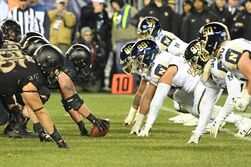 Many know that there is another annual tradition with military-themed roots occurring on the same day this year as Wreaths Across America Day—the famed Army-Navy game. This annual football classic is one of the most traditional and enduring rivalries in college football. It involves a matchup between the Army Black Knights of the United States Military Academy (USMA) at West Point, New York, and the Navy Midshipmen of the United States Naval Academy (USNA) at Annapolis, Maryland. The Black Knights (alternatively known as the "Cadets") and Midshipmen each represent their service's oldest officer commissioning sources. As such, the game has come to embody the spirit of the interservice rivalry of the United States Armed Forces. The first meeting was back in 1890. Today, the game marks the end of the college football regular season and the third and final game of the season's Commander-in-Chief's Trophy series, which also includes the Air Force Falcons of the United States Air Force Academy (USAFA) near Colorado Springs, Colorado. The game has been held in multiple locations, but outside the 1926 game in Chicago and 1983 game in Pasadena, California, it has been played in the Northeast, most frequently in Philadelphia, followed by the New York area and the Baltimore–Washington area. The series has been marked by several periods of domination by one team or the other, with Navy's 14-game winning streak from 2002 through 2015 being the longest for either side. Through the 2018 meeting, Navy leads the series 60–52–7, but has lost the last three games. A former Fredericktonian buried here in Mount Olivet will surely have his grave adorned with a wreath this weekend. Interestingly, he knew the Army-Navy game intimately and better than anybody in town. His name was Glenn C. Wilhide and he was a multi-time participant—as a player. Born on June 30th, 1898 in Walkersville, Glenn Castle Wilhide was the son of David and Amanda Mae Hahn Wilhide. Young Glenn would attend, and graduate, from Boys’ High School, the predecessor to Frederick High School. He was a standout Frederick Cadet and athlete and went on to attend Gettysburg College just up the road from Frederick. He was here for one year and played football and baseball at Gettysburg, but I found out later from a news article that he wasn’t a starter while at Gettysburg. This would soon change. Glenn continued his education in 1918 by entering the United States Military Academy at West Point. Continuing to exhibit his athletic skills, Glenn not only played for the Black Knights varsity football and baseball teams. He played three years of football and four years of baseball. He served as team captain of the 1920 football team, and two years as captain of the baseball team. He played quarterback for the Knights in 1919 and 1920. Unfortunately, he did not celebrate victory over Navy on either occasion as his squad fell 6-0 and 7-0 in consecutive years.  Gipp Gipp Another interesting game that Glenn Wilhide was part of featured a matchup against Notre Dame on October 30th, 1920. Army hosted the Fighting Irish under Coach Knute Rockne. I Irish prevailed 27-17 in what has been called George Gipp's best game as a player. Known more famously by his nickname, "the Gipper" put on a superhero display with his punting, passing and running. In baseball, Wilhide excelled for Army as well, and specifically served as a second baseman. After graduation from West Point, he found time to play professional baseball for the Frederick Hustlers of the Class D Blue Ridge League. Following graduation in 1922, Glenn C. Wilhide entered the US Army and spent most of his military career in the Ordnance Corps. He would be stationed in various locations around the country, the first being Vancouver Barracks in Vancouver, Washington. He also worked in the private sector and stops included Pittsburgh, Detroit, Columbus, Ohio and Hawaii. In 1942, Maj. Wilhide was the commanding officer of the Gary Armor Plate Plant located in Gary, Indiana. Along the way, he would marry his wife, Margaret Hagedorn of Portland, Oregon. The couple had two sons, Glenn C., Jr. and Robert. Glenn would marry again, Clara Grove, a niece of our baseball stadium namesake, Harry Grove. In the military, Wilhide would attain the rank of colonel. His last assignment was as commanding officer of the Detroit Ordnance Arsenal. Following Col. Wilhide’s retirement from the military, he worked a short time with Garwood Industries in Detroit, Michigan, and later was with the T. Edgie Russell Company of Frederick, a major highway contracting firm. Glenn C. Wilhide had the opportunity to see the Army-Navy game in person, and to listen to on radio and eventually watch on television for the following 61 years after handling quarterback and captain duties for the Army Black Knights of West Point. He lived his final years in Newtown Square, PA, dying on May 6th, 1983 at Dunwoody Village Medical Center in Pennsylvania. Col. Wilhide’s body came back to Frederick and was buried on May 12th, 1983. He would be buried in Mount Olivet’s Area LL, Lot 191. In 1979, Glenn Wilhide was elected to the Frederick County YMCA Sports Hall of Fame. I thought it was well worth the time to single out this particular Frederick athlete and Mount Olivet veteran this year, as this year's Army-Navy game marks the 100th anniversary of when he, himself, lined up behind center and led his Army team against the Midshipman for the first time back in 1919. And maybe, just maybe, his squad will get the victory again this year.
NOTE: Many of the great images used here are courtesy of a comprehensive website dedicated to Army Football and called For What They Gave www.forwhattheygave.com forwhattheygave.com/2007/12/11/1920-football-team/ Cyber this, cyber that! The term (cyber) is derived from "cybernetic," which comes from the Greek word κυβερνητικός meaning "skilled in steering or governing." You will commonly see it used as a prefix in words (with or without a hyphen) such as cyber-space, cyber-crime, cyber attack, cyber-bullying, and cyber-terrorism. Not all "cyber-things" have negative connotations as the list above seems to insinuate, just look at all the joy the newfound cyber-holiday of "Cyber Monday" brings! A recent term of the "internet era," cyber is commonly used to describe policies and politics regarding computer systems and networks, as well as the greater information technology industry. Why there is even a term cyber-delic, a fusion between cultures of today (cyber-culture) and yesteryear (psychedelic). I was particularly interested in the official definition of cyber-space and found the following, (online of course): Cyberspace is the essence of interconnected technology. The term entered the popular culture from science fiction and the arts but is now used by technology strategists, security professionals, government, military and industry leaders and entrepreneurs to describe the domain of the global technology environment. Others consider cyberspace to be just a notional environment in which communication over computer networks occurs. The word became popular in the 1990s when the uses of the Internet, networking, and digital communication were all growing dramatically and the term "cyberspace" was able to represent the many new ideas and phenomena that were emerging. Mount Olivet is a latecomer to the foray of cyberspace. We created our first business website in 2007. Five years later, the cemetery created a FaceBook page. Things were quite pedestrian at first—as few expect cutting edge content and graphic design from an historic cemetery web-page?
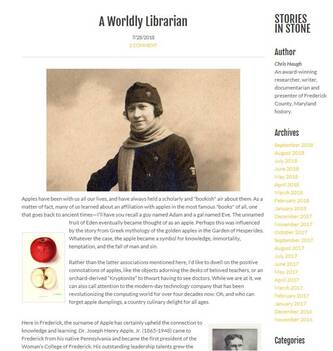 For neophytes to our particular cyber-offerings, the "Stories in Stone" brand refers to illustrated essays about former Frederick residents buried within Mount Olivet’s gates. Yes, some of these individuals stand out for their unique achievements on local, state and national levels such as Francis Scott Key, Barbara Fritchie and Thomas Johnson, Jr. Others can be remembered for their misfortunes. All in all, most of those “resting in peace” here just lived simple, ordinary lives, and our written online pieces all end the same, with the main subject dying. I've generally been able to find a "silver lining" of some sort to highlight and mesh individuals and their lives with the context of Frederick, Maryland's rich heritage. Best of all, I have the opportunity to introduce (or reintroduce) these folks to our readers. Some may find these stories immediately after initial publishing, and countless others stumble upon them weeks, months, years later while conducting Google and Yahoo searches during family history research. This will continue to happen for years to come, something that makes the research and publishing task involved well worth the effort. This is true history preservation using cyber-tools and cyber technology to do —"cyber-preservation." "Old School" GPS With over 40,000 former residents in our midst, roughly the same population as our state capital of Annapolis, I do pass countless grave sites without a thought, as their names are nothing more than “names in stone.” However, as I have found through my research and writings, they are much more than that. Grave markers, monuments, and tombstones are tributes to, and representations of, past lives. Each provides a tangible connection to the deceased. From a religious perspective, I’ve been taught that the spirit of our loved ones will always be with us, and are “watching from above.” However, these works in granite and marble are tangible, standing as a tribute to a life once lived, be it spectacular, tragic or common. Gravestones can bring a sense of reality and closure for some people. For others, they serve to keep the memory of that person eternal. These "stones" stand proof that a life was once lived, and associate it with a tangible geographical location within a large cemetery or memorial park, church graveyard or family burial ground on an ancestral farm or plantation. This is a lasting footprint. Speaking of cyberspace and the internet, another innovation most of us take for granted is GPS, which is an acronym for the Global Positioning System. With help from a trusty Earth globe, we were taught the concept of longitude and latitude lines in grade school. Like many, I was fortunate enough to have a personal globe at home as well, kept on proud display on a shelf in my bedroom. To find a country anywhere in the world, one could first consult something called an encyclopedia, which would describe said country and gave coordinates allowing you to find the location on the globe or a world map. I credit my success in finding many specific locations thanks to hours spent mastering longitude and latitude while playing the Hasbro Battleship game with my brothers, but I digress. 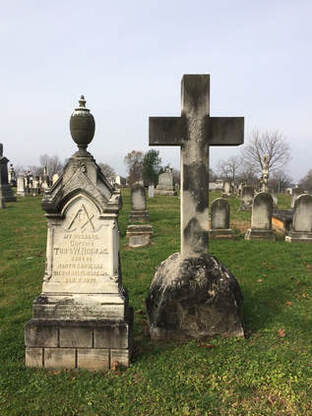 Today, globes and handheld maps are disappearing. Compasses were once the "smartphone" of their day for explorers and travelers, alike. Life in the cyber-world is made so much easier thanks to GPS. This space-based, radio-navigation system (owned by the US Government) can show the exact position of a person or thing using signals from satellites in space. The smartphone or car-based navigation/tracking devices utilize GPS technology and tell us where to go and how to get there. They also can tell us where we've been, and can get us back home or to familiar surroundings. This may be a stretch, but I see a great analogy here to cemeteries, and gravestones. Its almost as if we have "old school" GPS here in our midst. Grave sites and respective monuments, markers and plaques denote the people of our past. They are a part of us, good, bad or indifferent, and we can find our biologic, social and cultural markers in them. They are permanently anchored so to speak, and wherever future generations may roam on the globe, their gravesite coordinates remain steadfast and unwavering. 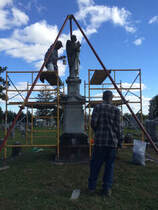 Each and every day, I see individuals coming to Mount Olivet to plan and purchase monuments for themselves and loved ones who have passed. Some designs are playful, others are serious. Most can best be described as traditional. I also see people decorating and cleaning grave stones, especially this time of year. For a modest fee, we are happy to professionally clean monuments with non-evasive techniques. We are now in a position to embark on making high quality repairs and restoration efforts to vintage stones on our grounds. At times, it feels like Christmas in October as we host a gentleman named Jonathan Appell, one of the country's top experts in cemetery monument restoration. Jonathan owns Atlas Preservation, located in Southington, Connecticut and has annually presented workshops here on best practices in stone repair. In addition to providing history and context to gravestone culture and industry, he demonstrates his craft on monuments found here in Mount Olivet. He also explains what has happened to many of our stones over the years, while giving instruction and tips on how to repair and clean these historic artifacts and works of art. Appell has over 25 years of experience preserving, restoring, and repairing gravestones and monuments. A recent work project of note is “the Knight’s Tomb” in Jamestown, quite possibly the oldest existing gravestone in America, dating back to the 1630s. He continues to spread his knowledge by participation in seminars and workshops around the country and assists historic cemeteries and burying grounds with recommendations on conservation equipment, tools and repair products. Participants get to see four monuments get repaired and actually took part in cleaning about 20 stones themselves. Sponsored workshops are part of our Friends of Mount Olivet Cemetery initiative. This membership group is an extension of the Mount Olivet Preservation and Enhancement Fund and will continue to host activities like these designed to generate enthusiasm and fundraising through engaging and entertaining educational programs, research projects, gravestone preservation, special event planning and anniversary commemorations. Since the launch of our Friends group in 2019, we have had great success with our volunteer cleaning crew, lovingly referred to as "the Stoners," and have recently formed a group to repair gravestones. 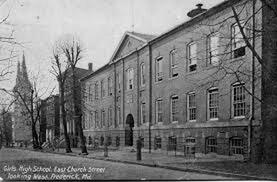 The Power of the Internet For as much sadness that I witness firsthand in my job, I see an equal amount of joyful remembrance for those who have passed. I also see family historians (from both the professional and amateur ranks) reveling in discoveries made through ancestral pilgrimages. Those "familial GPS coordinates" littering our grounds led them here to learn or experience more about their past, and themselves. I know genealogy is not for the faint of heart, but the cyber-innovations of Ancestry.com, FamilySearch.com, Fold3, Newspapers.com and FindaGrave.com have been godsends, allowing ease in time and effort in finding pertinent resources. The latter of the sites mentioned certainly drives my point home, as you can make a "virtual" visit to a gravestone in a cemetery anywhere in the world as long as its been documented by a FindaGrave volunteer. Here one can gaze upon the final resting place and stone of a long-lost ancestor. In some cases, you may also find exact GPS coordinates for headstones to boot. A few years back, we launched a companion "sister-website" entitled www.MountOlivetVets.com. This website has a similar mission to FindaGrave.com and is designed to contain memorial pages for the over 4,000+ military veterans buried at Mount Olivet. Here you will find pictures of grave monuments and military-issued stones/markers and obituaries along with vital, personal and military record information. In some cases, we feature photographs of the deceased which allows users to put a face with a name, and so much more—a life. 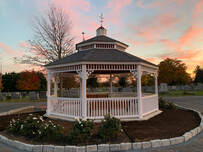 Never Forget Garden and WWI Memorial Gazebo in the middle of Areas T, U, & S Never Forget Garden and WWI Memorial Gazebo in the middle of Areas T, U, & S In 2018, we finished a first phase of creating pages for over 500 World War I vets. The site as a whole can best be described as "a work in progress," and will continually be added to. The hope is to find volunteer researchers in our Friends group in an effort to make pages for all the vets here in Mount Olivet. In addition, we humbly ask for the assistance of descendants, historians and friends to provide us with photographs and/or additional information of note. We also want to link to other sources of information regarding our vets, and the training and battles they participated in. The internet will continue to dictate the success and strength of this information resource for not only users, but us here at the cemetery as it additional info, scans of pictures and documents can do nothing but add to our preservation of the history of those buried here. Important for those family historians, Tombstone Tourists and heritage travelers of the future without a doubt. Some people go into cemeteries and simply see names and dates chiseled in stone. Many of us see much, much more. I continue to learn more about the lives of Mount Olivet’s residents through studying grave stones, researching our blog, collecting images and documenting stories told to me by visiting descendants (regarding their relatives). Our goal is to continue sharing this with you the reader and future generations. In addition, we continue hosting programming on Memorial Day and Veterans Day, along with planting flags on veteran graves in advance of both. Our Friends group, and other partners, sponsor wreaths (while encouraging others to do the same) as part of our mission in hosting Wreaths Across America. Our ceremony occurs at noon on the third Saturday in December. Donations and grants also led to our Never Forget Garden and World War I Memorial Gazebo located in the middle of the cemetery.  Our Cyber-future In years to come, we hope to have have more online information about those buried here. At present, the best source is FindaGrave since our current cemetery data system isn't easily compatible with an online interface. We also hope one day to have GPS coordinates for all grave monuments so visitors can actually be led to grave sites by their smartphones, where they will have the opportunity to connect to database information which could include obituaries, photographs and even video of the decedents. I envision a Cyber Monday in the future in which customers may be able to engage in online "pre-planning," choosing their lots and niches, and designing monuments and plaques. Of course, the day would have to include special online pricing incentives:) More importantly in this cyber-centric era, I want to mention the online opportunity that exists now for charitable donating to our Mount Olivet Preservation and Enhancement Fund (MOCPEF) on Giving Tuesday, or anytime throughout the year. A formal partnership was formed with the Community Foundation of Frederick County, our fiduciary overseer for the fund. Many people are well aware of Giving Tuesday, also stylized as #Giving Tuesday for internet social networking purposes. This event, occurring on the Tuesday following Thanksgiving, celebrates its 6th anniversary this week, as it began back in 2012 by the 92nd Street Y in New York City along with the United Nations Foundation. It's a “tongue in cheek” response to the post Thanksgiving commercialization of Black Friday and Cyber Monday has steadily been growing in popularity, now firmly established as an international day of giving at the beginning of the holiday season. Over $60 million was raised last year on this day. For over a decade, the Mount Olivet Board of Directors had entertained the idea of establishing a preservation-themed fund with the Community Foundation. The idea was first pitched, and championed by the late Colleen Remsberg, longtime Board member and immediate past president. Ms. Remsberg passed away last May, but not before she saw the Mount Olivet Preservation and Enhancement Fund become an IRS accredited 501(c)(3) public charity in 2017. The mission reads as follows: The mission of the Mount Olivet Cemetery Preservation and Enhancement Fund is to assist in the conservation of the natural beauty and historic integrity of Mount Olivet Cemetery and to increase public knowledge and appreciation of its unique, cultural, historic, and natural resources through charitable and educational programs. 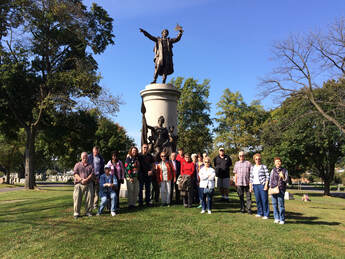 Putting this in layman’s terms, we continue taking steps to preserve the history of this great “garden cemetery,” a community institution since the 1850’s. In doing so, we want to safeguard the cemetery’s historic records, structures and grave monuments herein. We have taken a bit of a head start as can be exemplified by the fore-mentioned “Stories in Stone” articles and MountOlivetvets.com website, along with public lectures and recent commemorative events relating to individuals such as Gov. Thomas Johnson, Jr., diarist Jacob Engelbrecht and suffragettes Florence and Bertha Trail. As mentioned earlier, our Friends group members and volunteers hold the key to unlocking and preserving so much more of our cemetery's rich history. in the near future, this could expand to educational partnerships such as school field trips, interpretive historic wayside displays and unique commemorative plantings. Best of all, we will have the opportunity, and more so the financial support, to clean, preserve and repair broken and illegible gravestones and monuments in the cemetery’s historic section. We appreciate any assistance you can give, be it monetary, or simply volunteering family information and photograph scans of relatives interred here. Please click the links below to learn about contributing to our preservation fund, or joining our Friends of Mount Olivet group. Both make unique gift ideas for the holidays. We accept checks (made out to the Mount Olivet Cemetery Preservation and Enhancement Fund) and will supply paperwork for charitable giving tax purposes. Feel free to reach out to me to meet in person to discuss, or drop me a line (via email or phone) to learn more about how you can help preserve this amazing outdoor and virtual museum of Frederick's history. |
STORIES
|
Archives
July 2024
June 2024
May 2024
April 2024
March 2024
February 2024
January 2024
December 2023
November 2023
September 2023
August 2023
July 2023
June 2023
May 2023
April 2023
March 2023
February 2023
January 2023
December 2022
November 2022
October 2022
September 2022
August 2022
July 2022
June 2022
May 2022
April 2022
March 2022
February 2022
January 2022
December 2021
November 2021
October 2021
September 2021
August 2021
July 2021
June 2021
May 2021
April 2021
March 2021
February 2021
January 2021
December 2020
November 2020
October 2020
September 2020
August 2020
July 2020
June 2020
May 2020
April 2020
March 2020
February 2020
January 2020
December 2019
November 2019
October 2019
September 2019
August 2019
July 2019
June 2019
May 2019
April 2019
March 2019
February 2019
January 2019
December 2018
November 2018
October 2018
September 2018
August 2018
July 2018
June 2018
May 2018
April 2018
March 2018
February 2018
January 2018
December 2017
November 2017
October 2017
September 2017
August 2017
July 2017
June 2017
May 2017
April 2017
March 2017
February 2017
January 2017
December 2016
November 2016

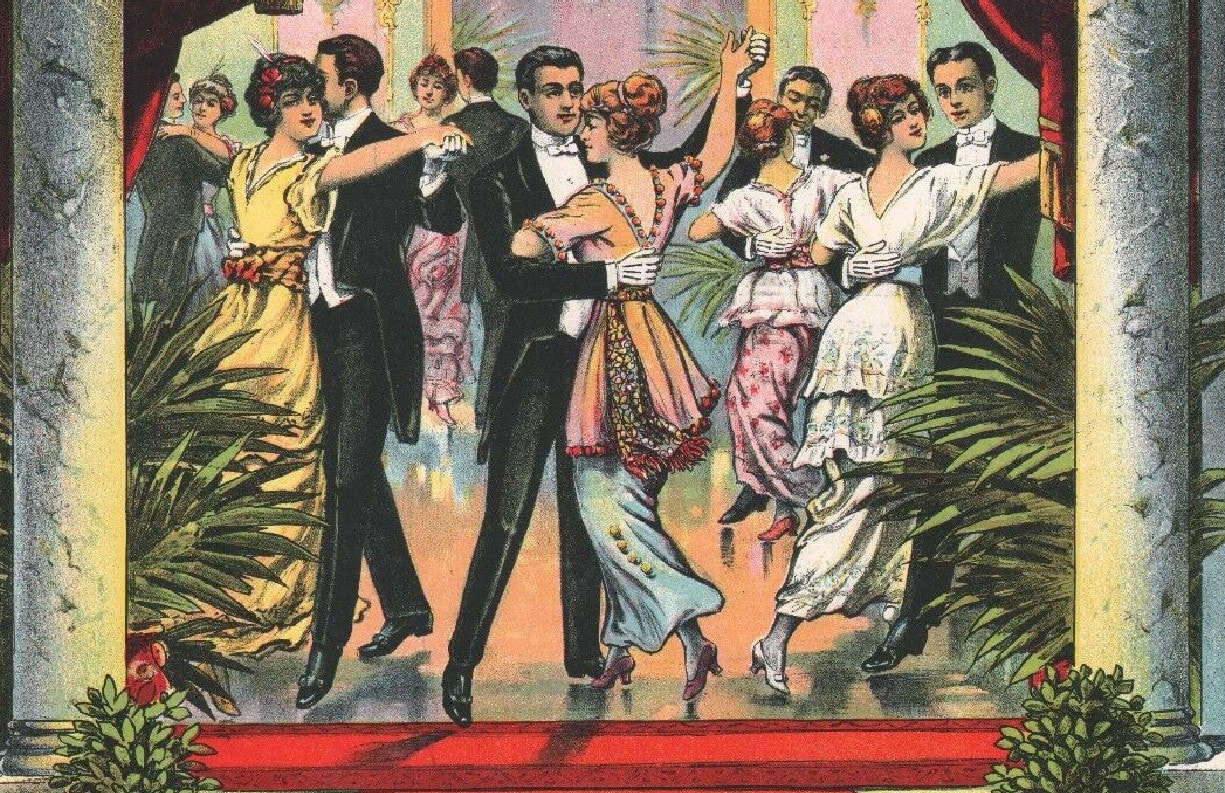
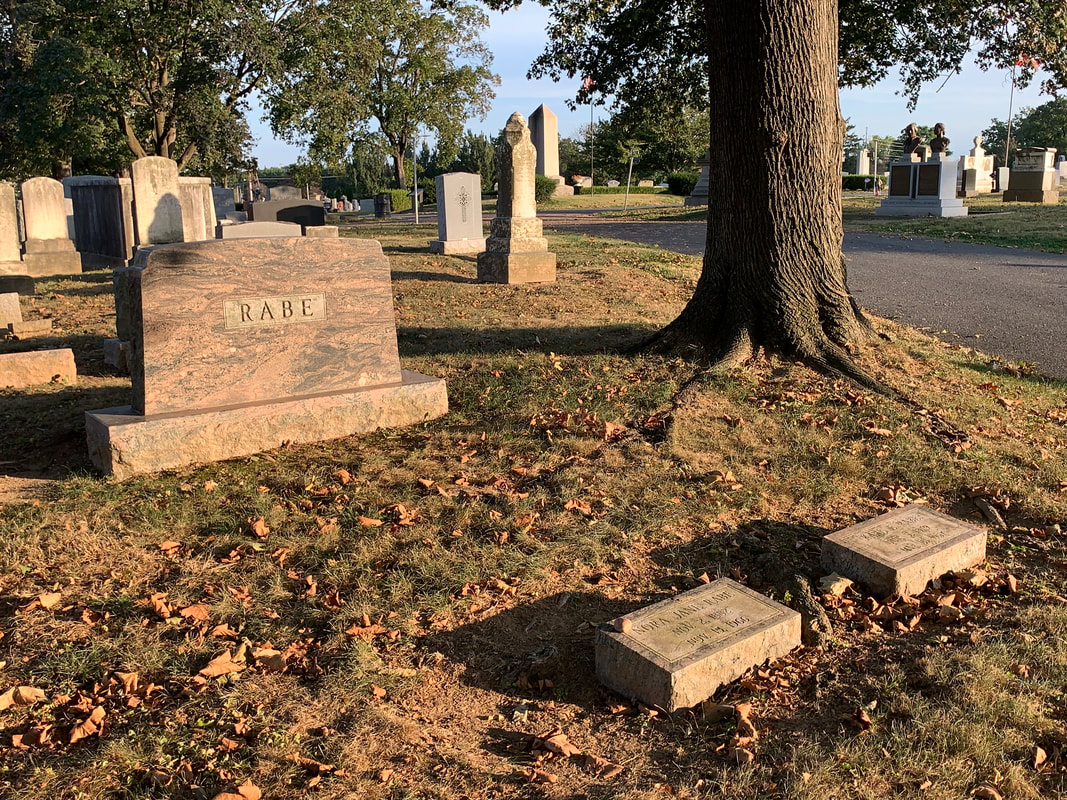

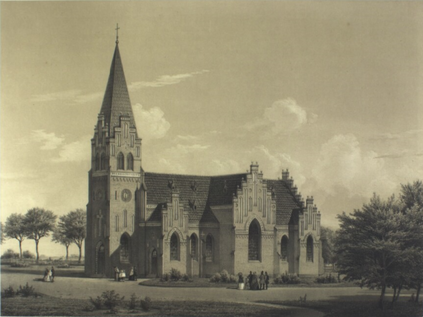

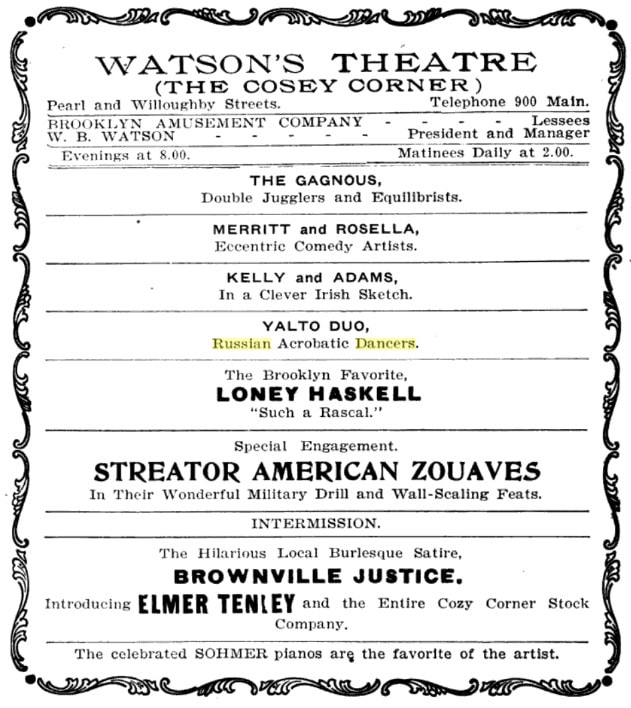
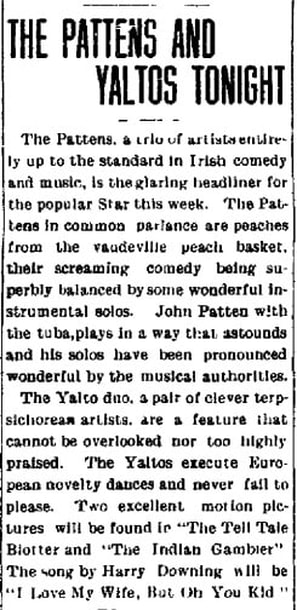
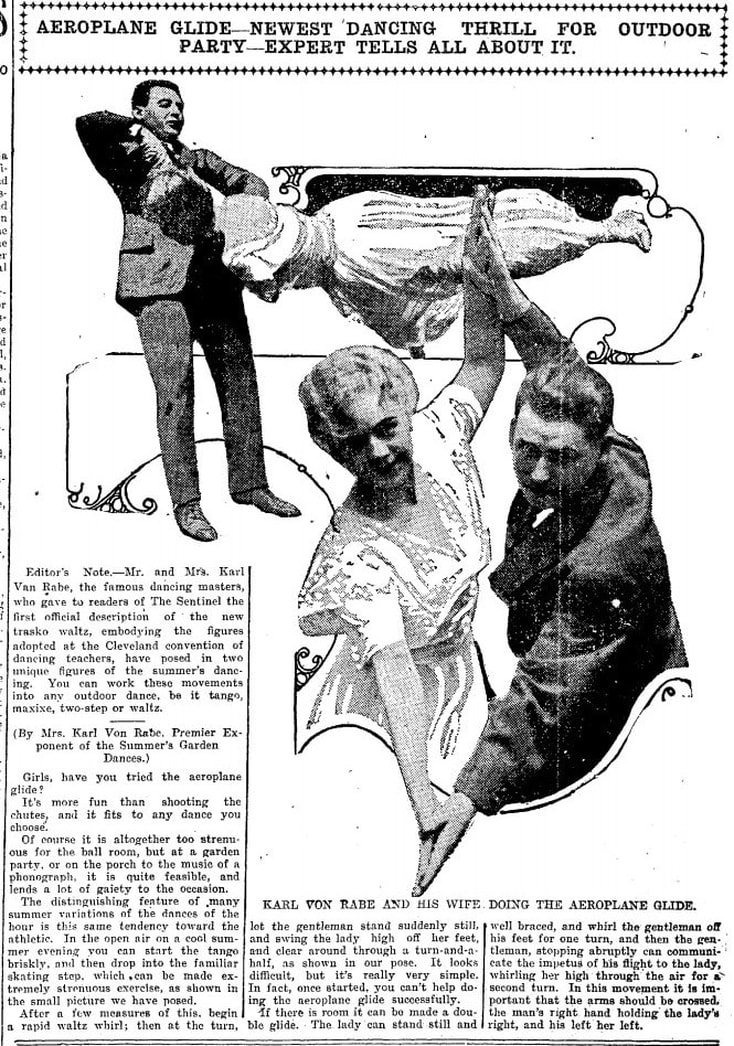
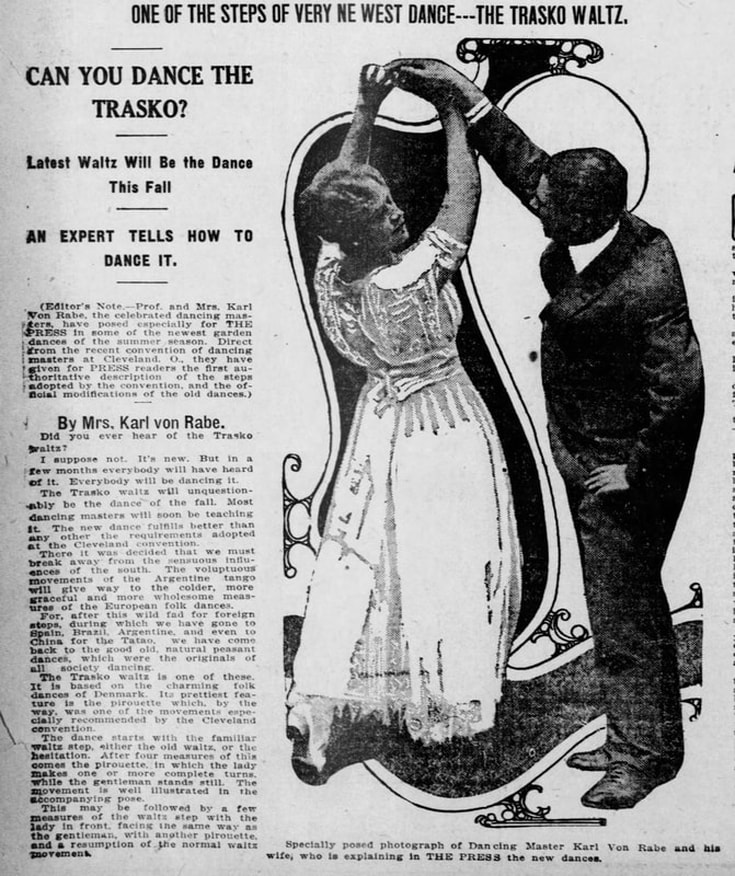
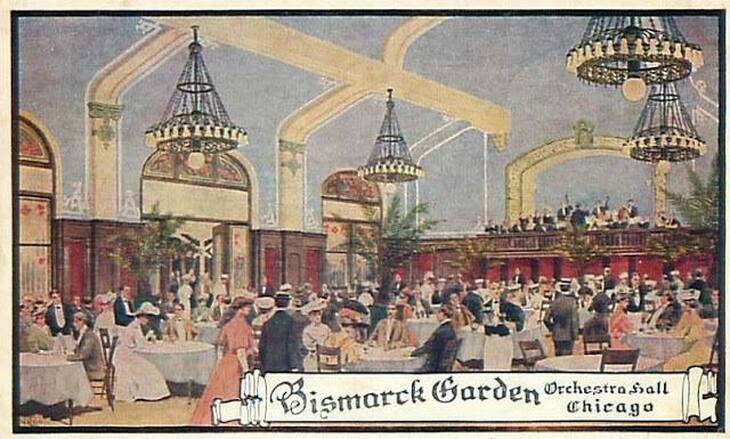
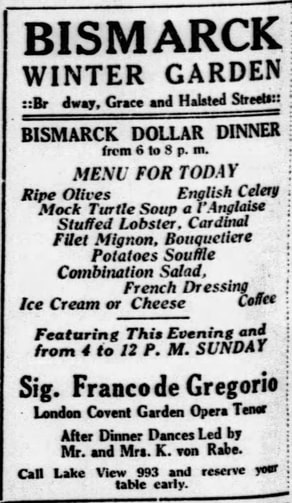
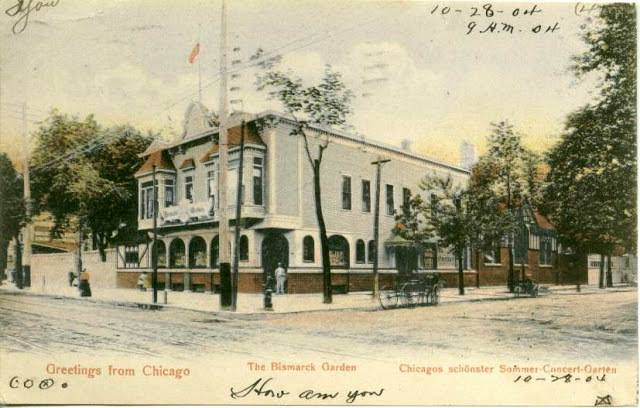
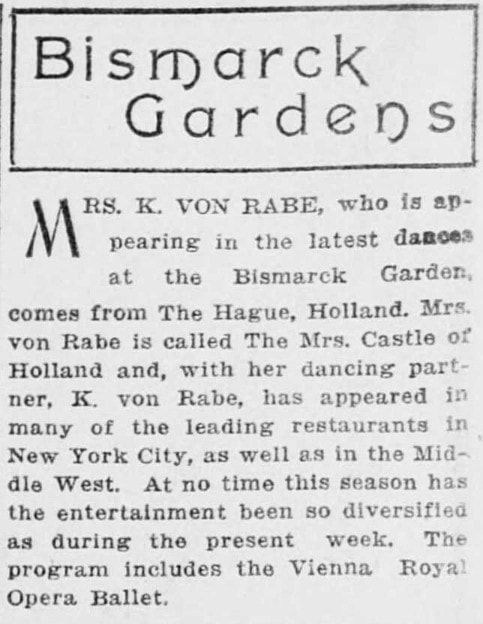
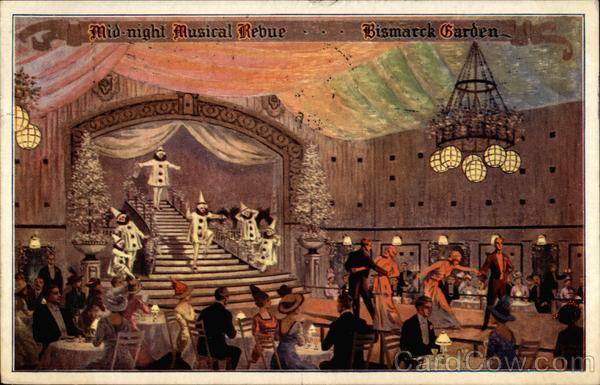
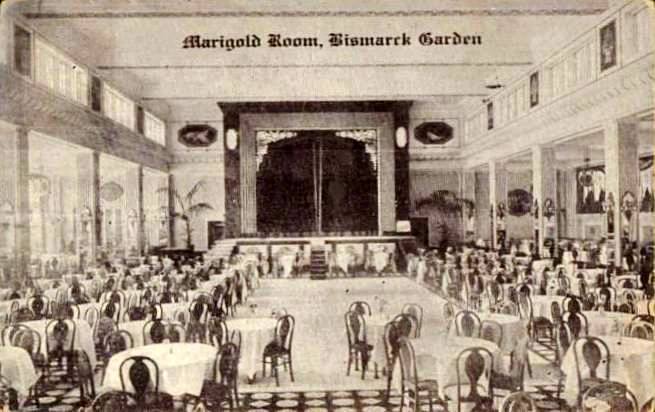
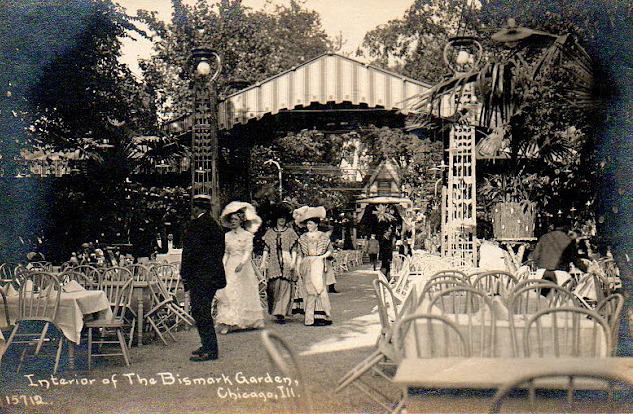
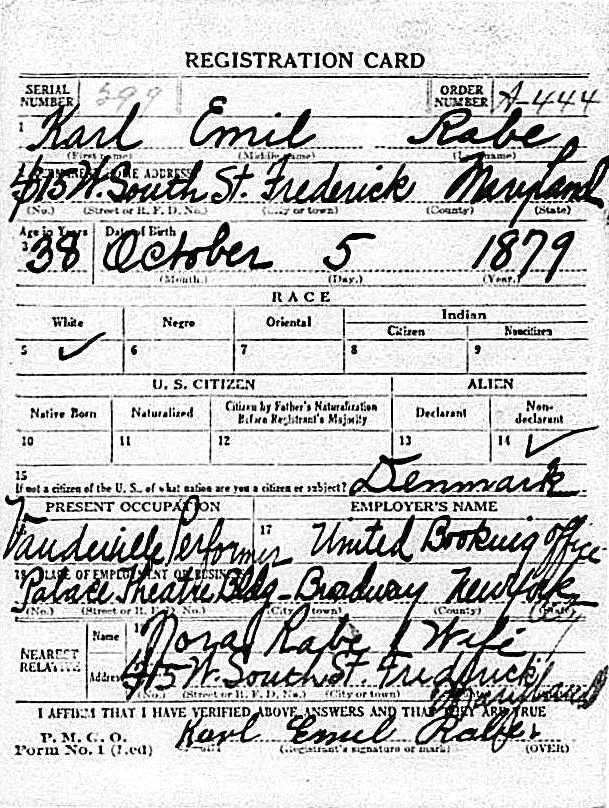
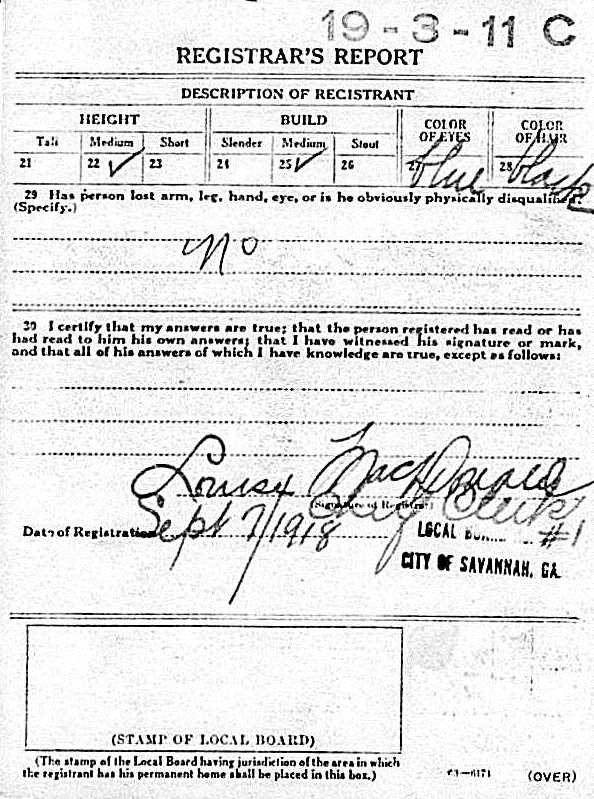


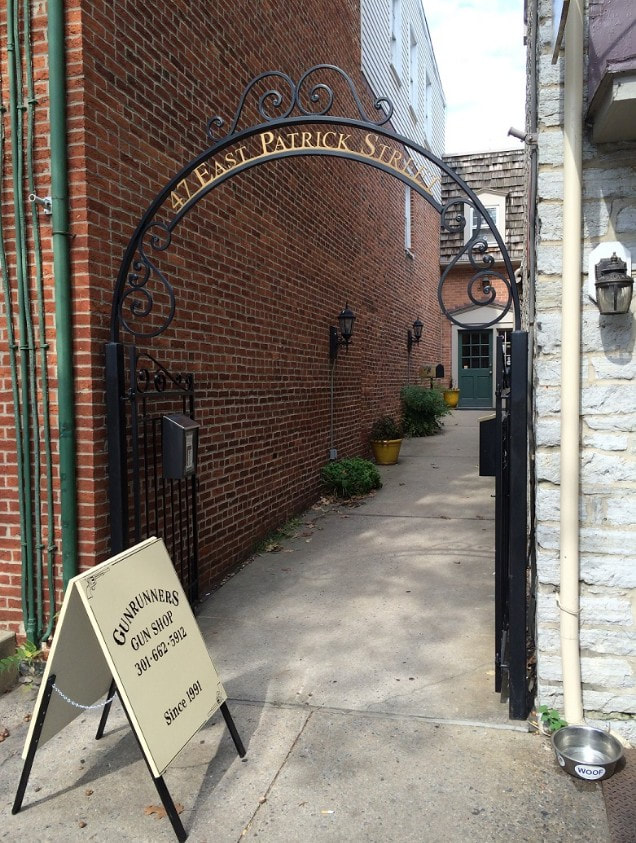
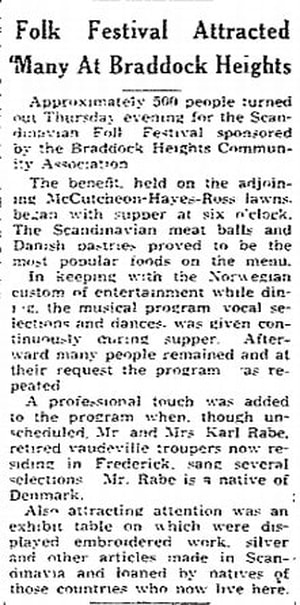
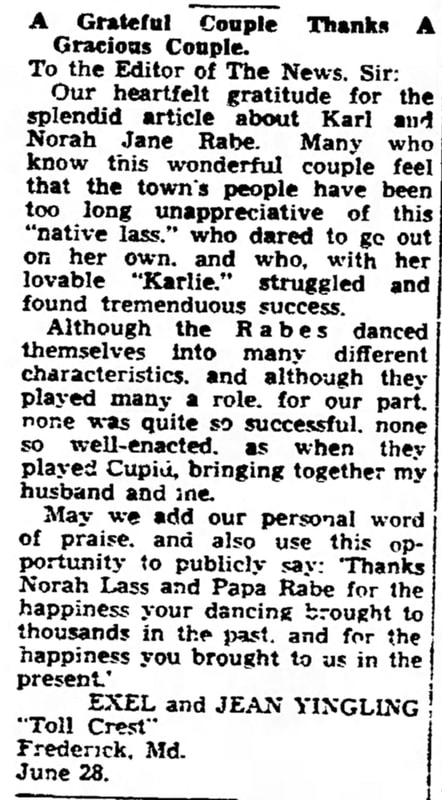
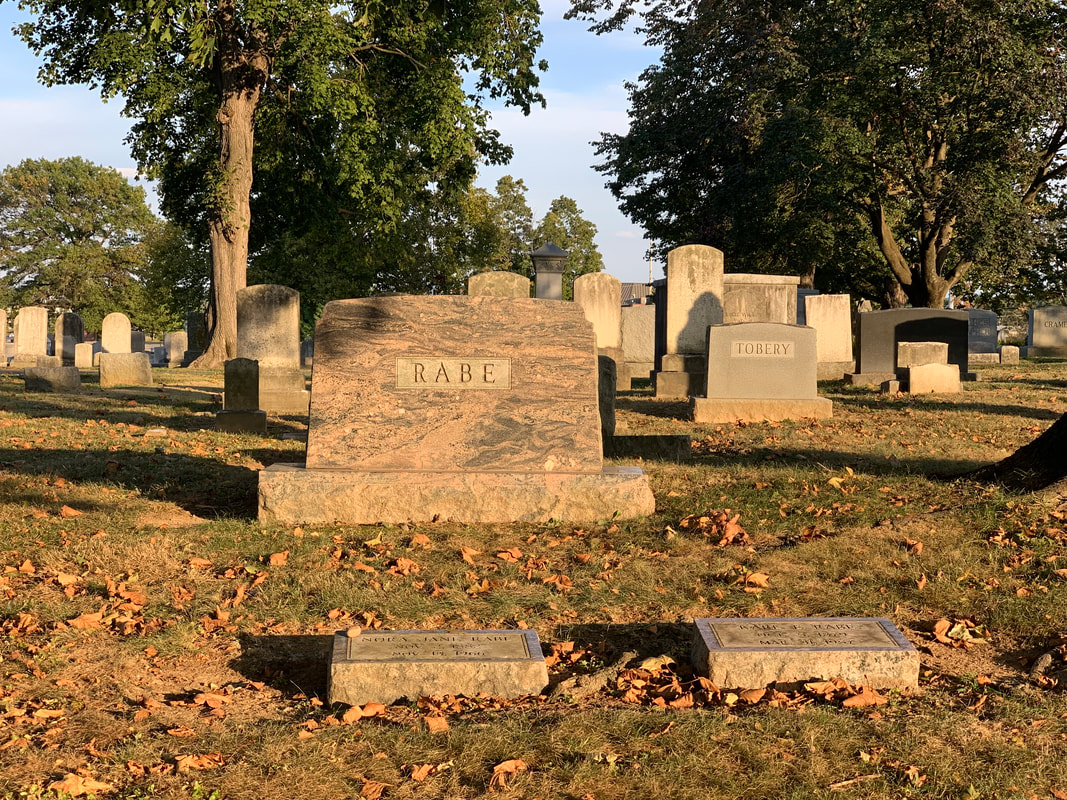
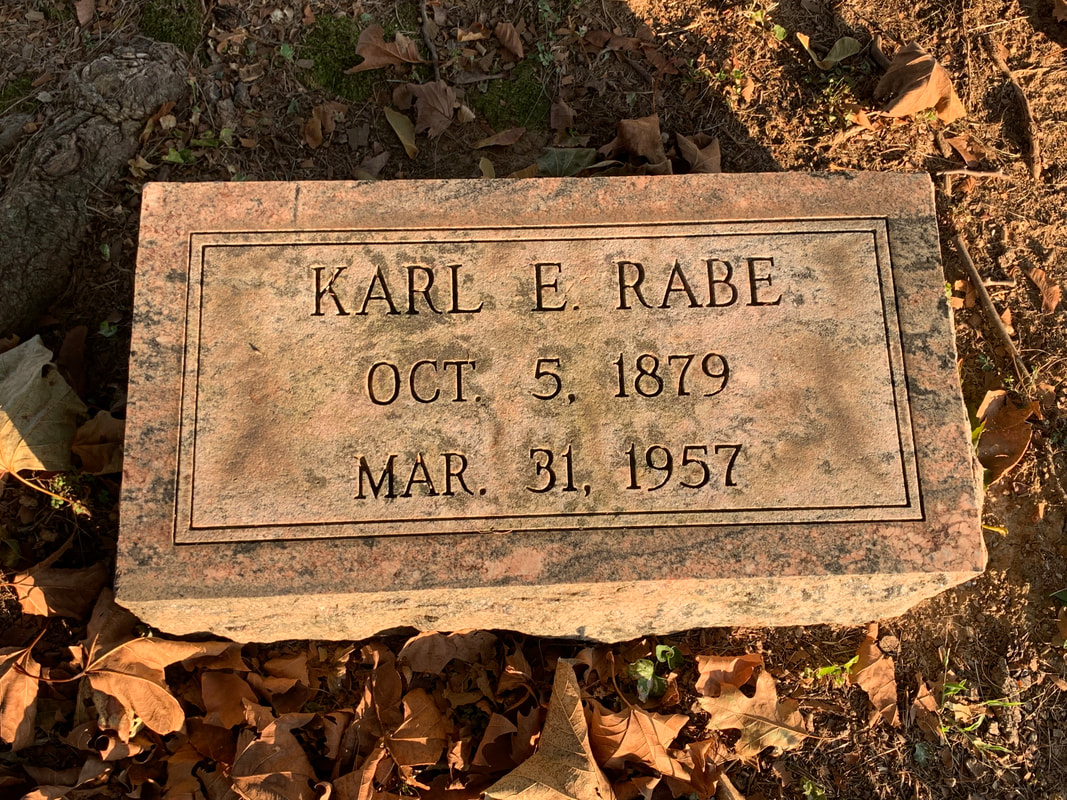
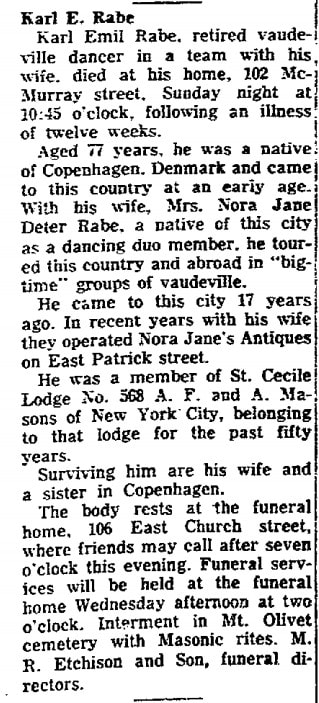
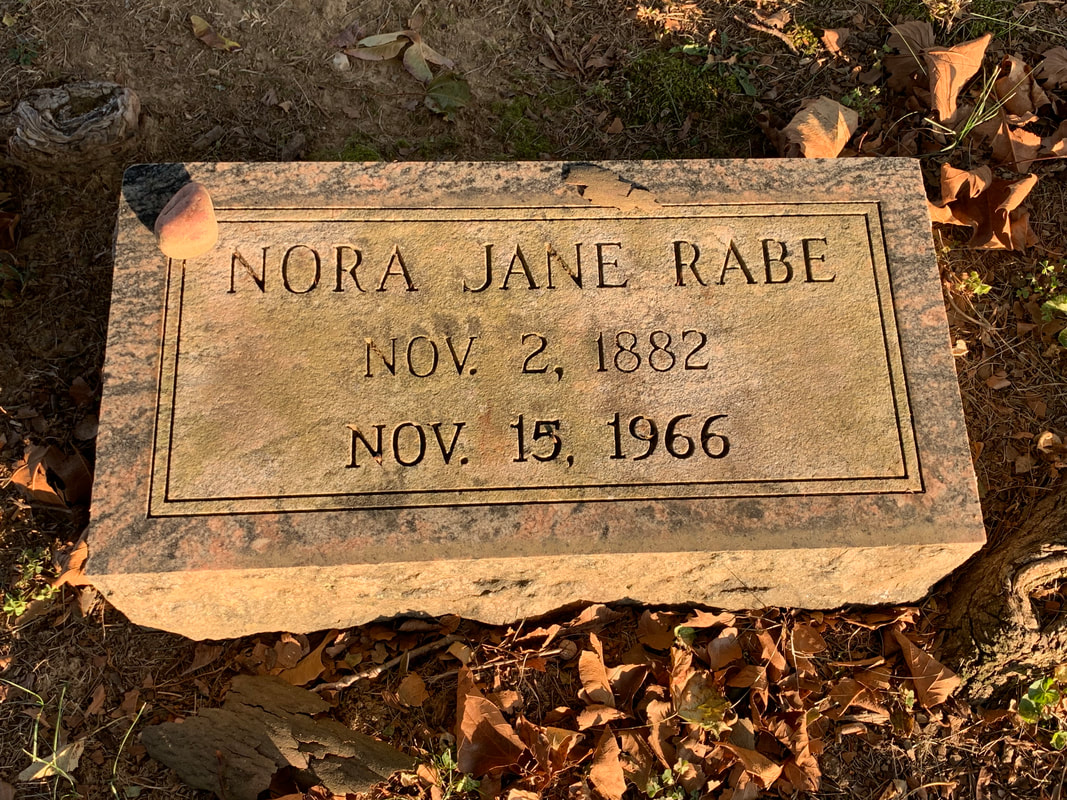
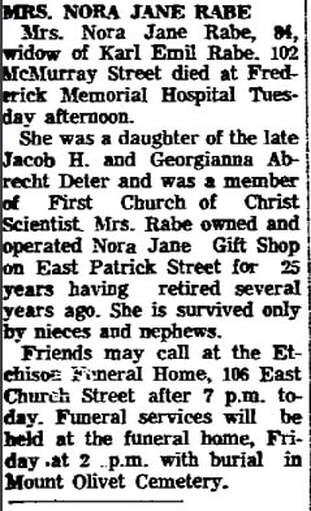

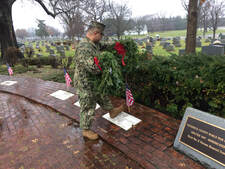

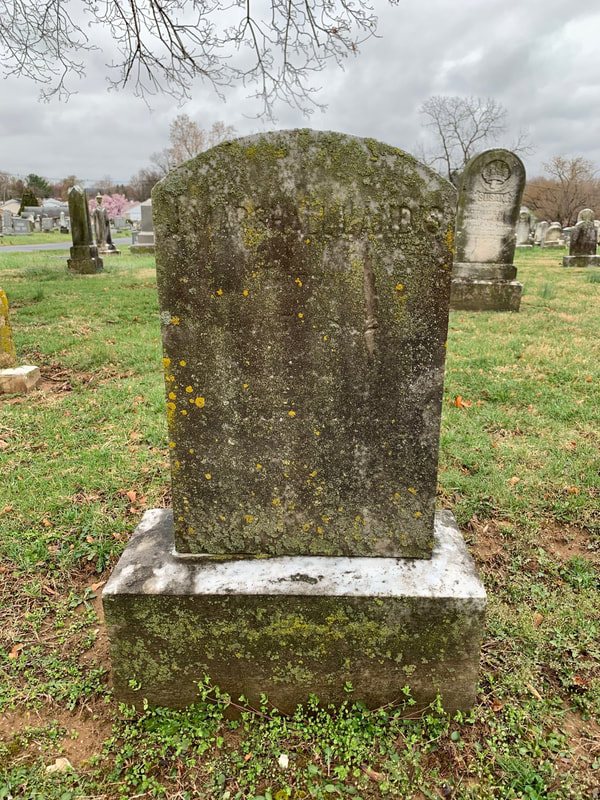
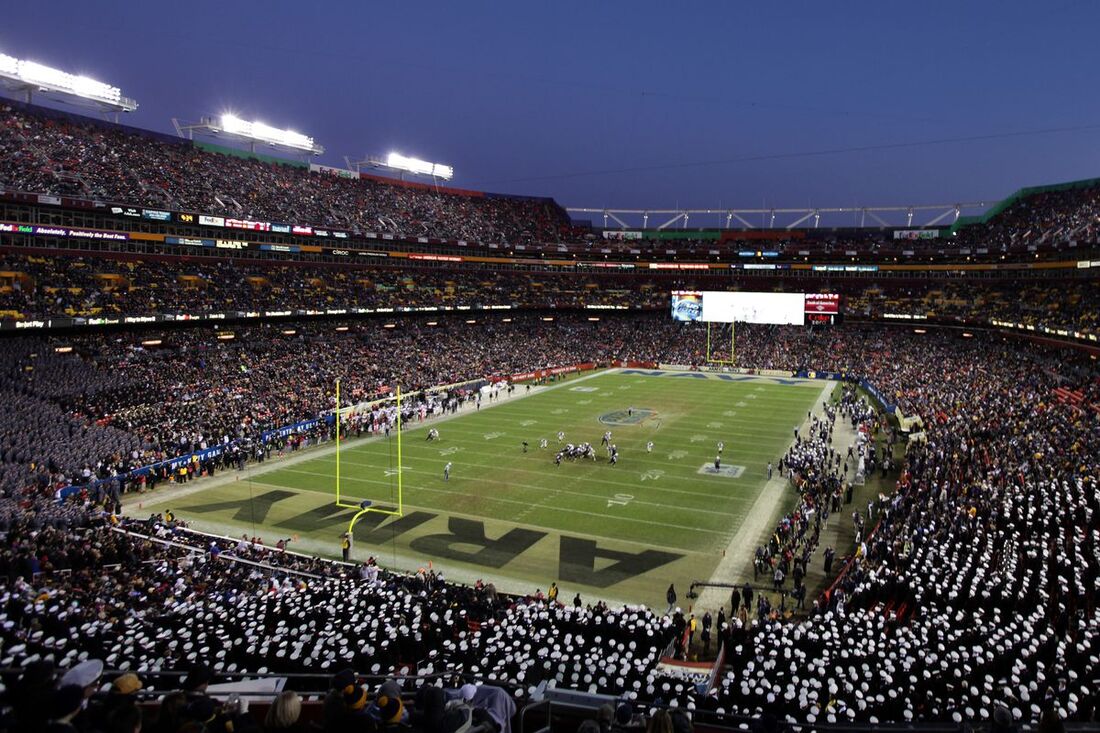
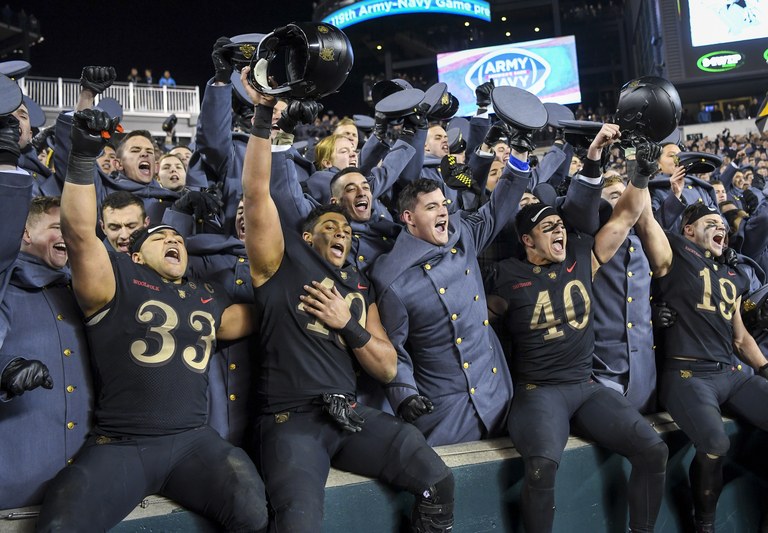
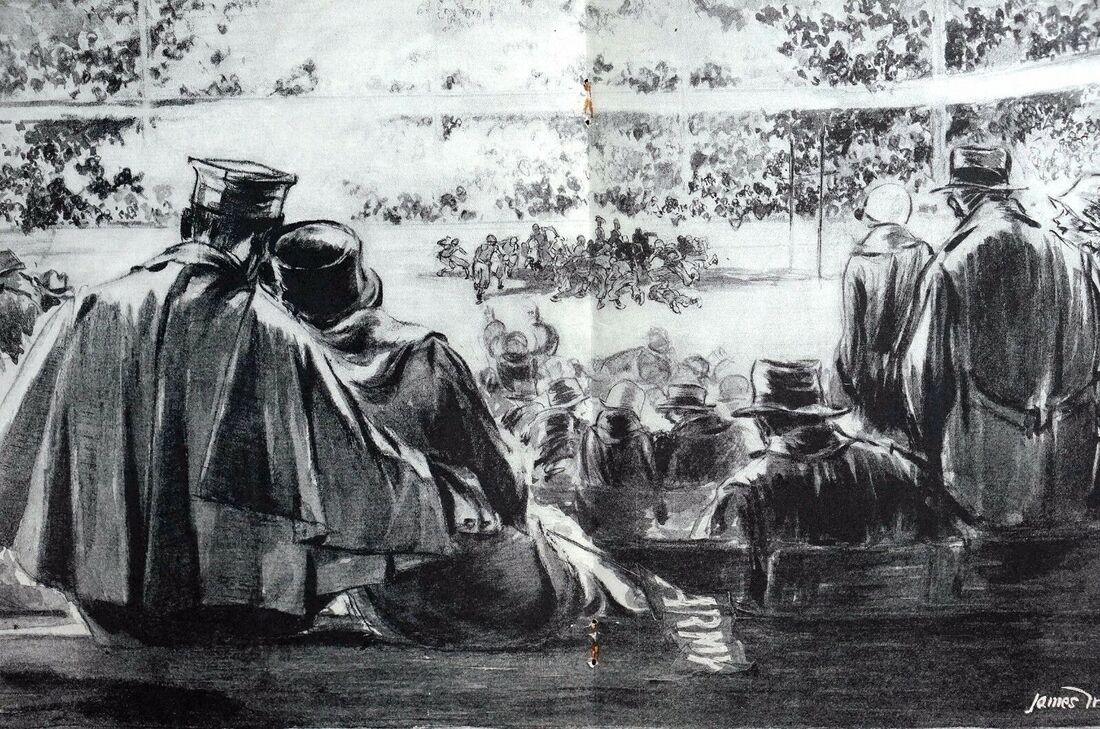
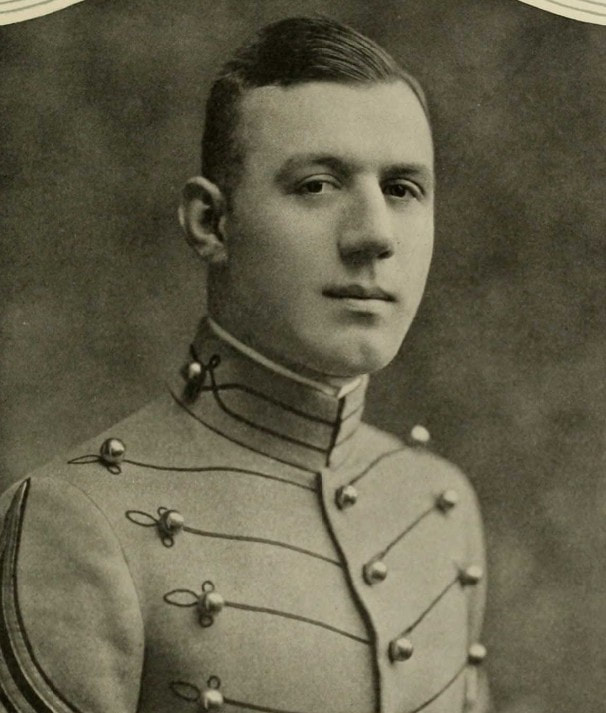
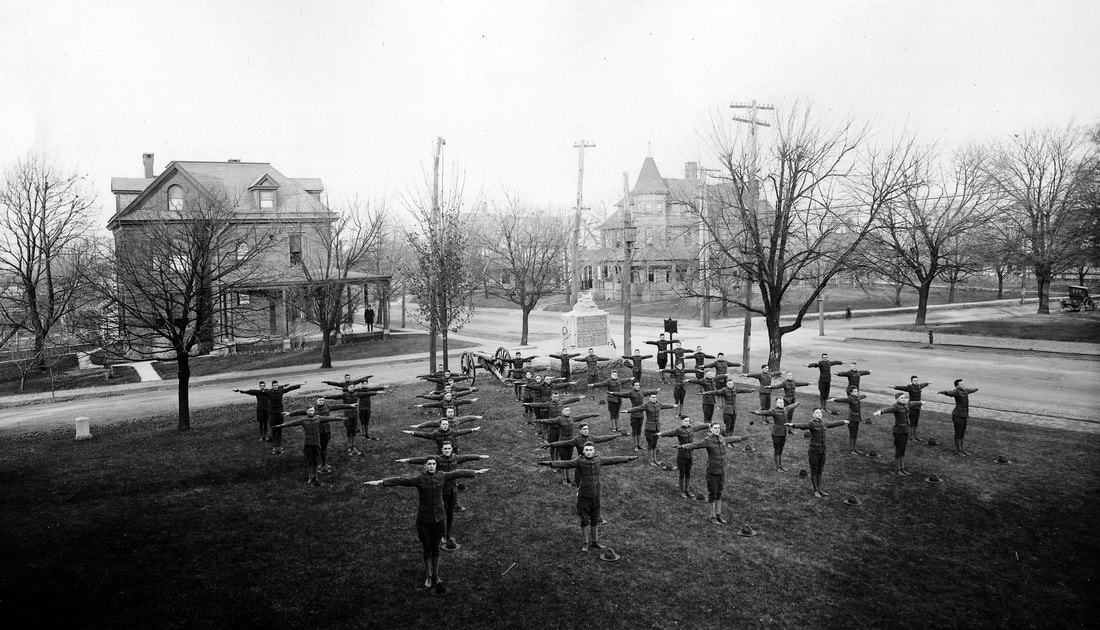

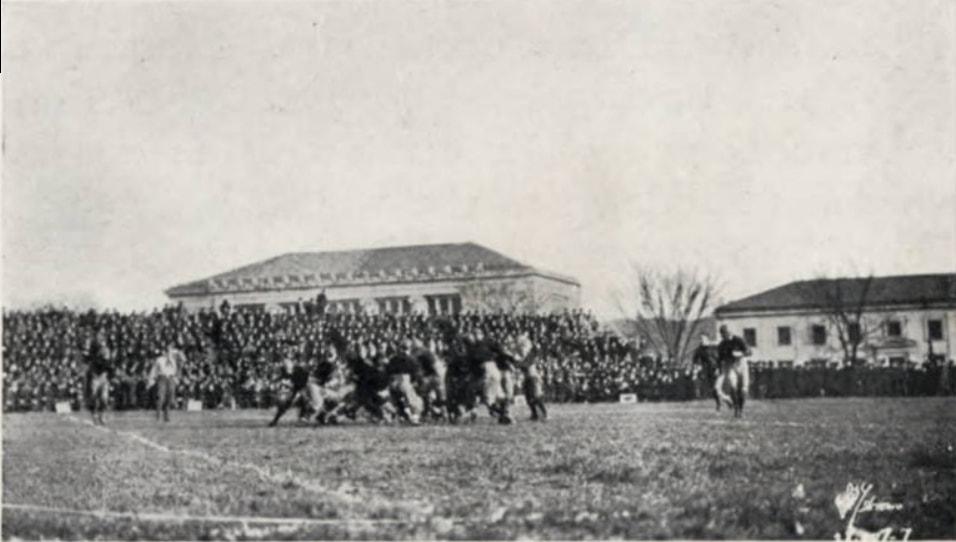
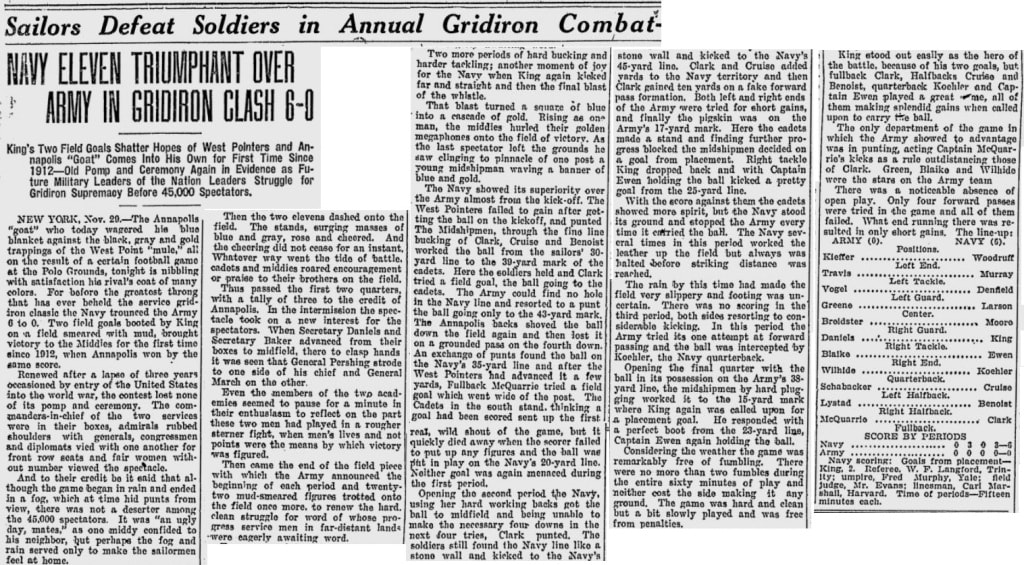
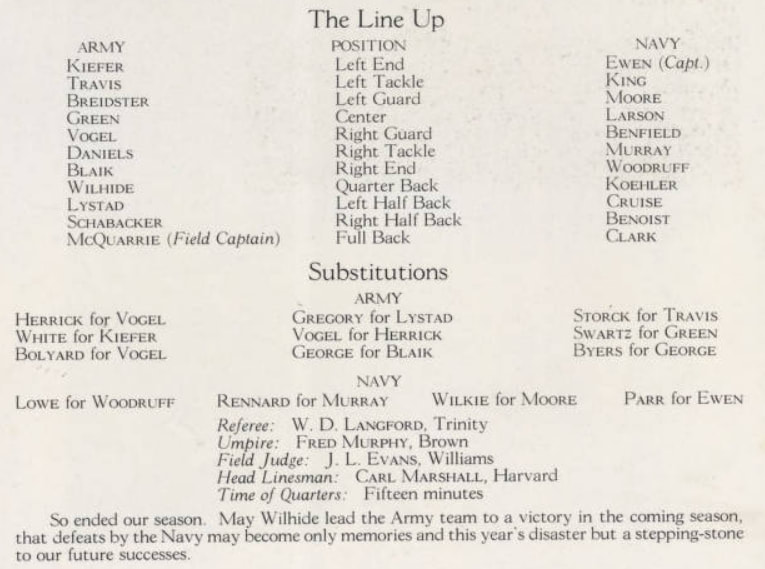
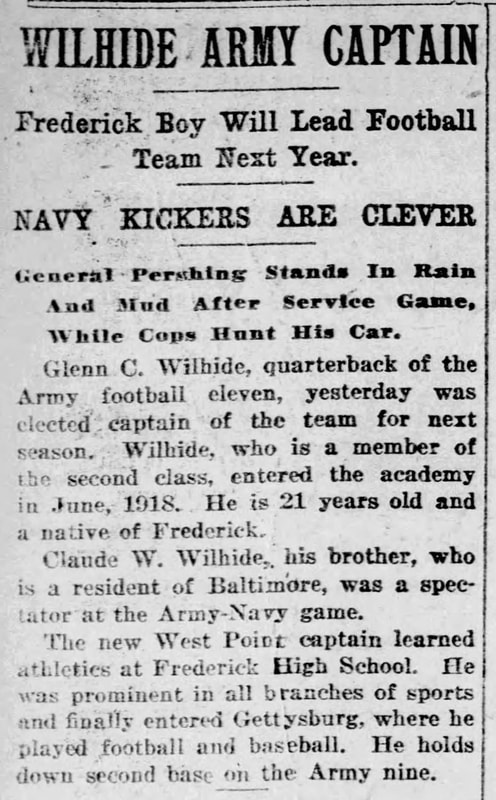
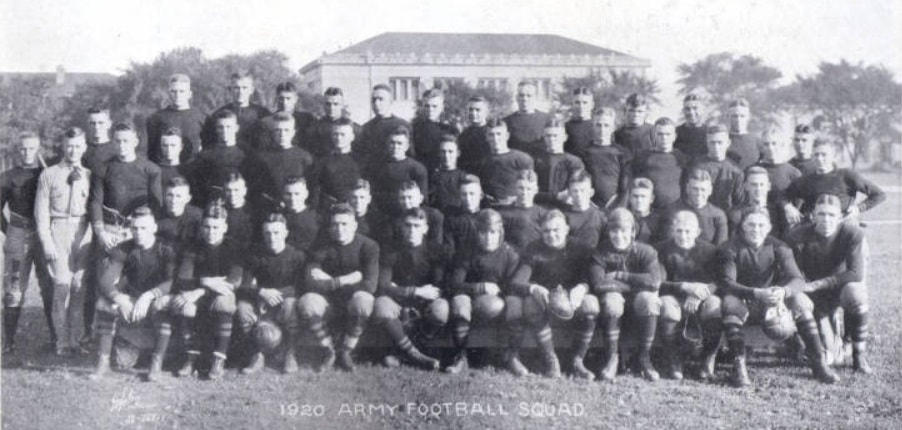
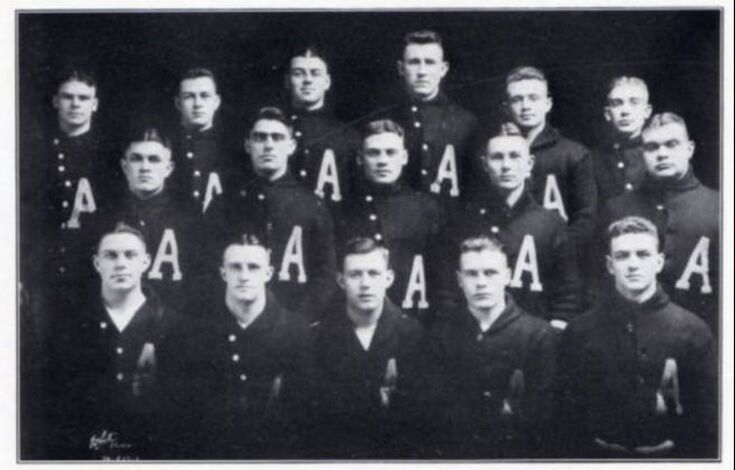
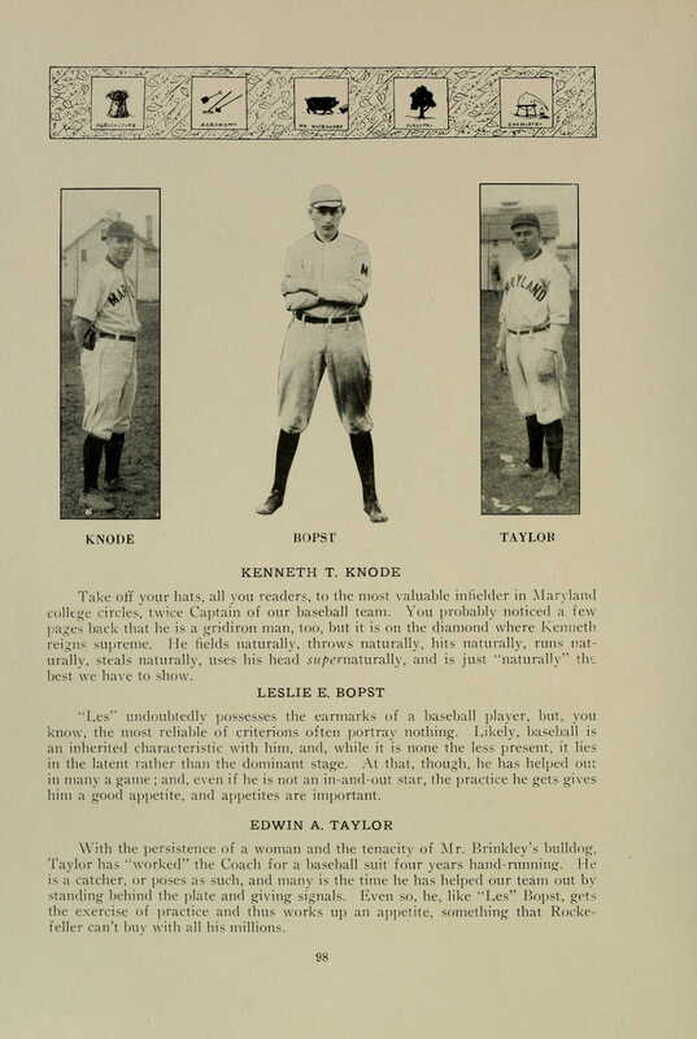
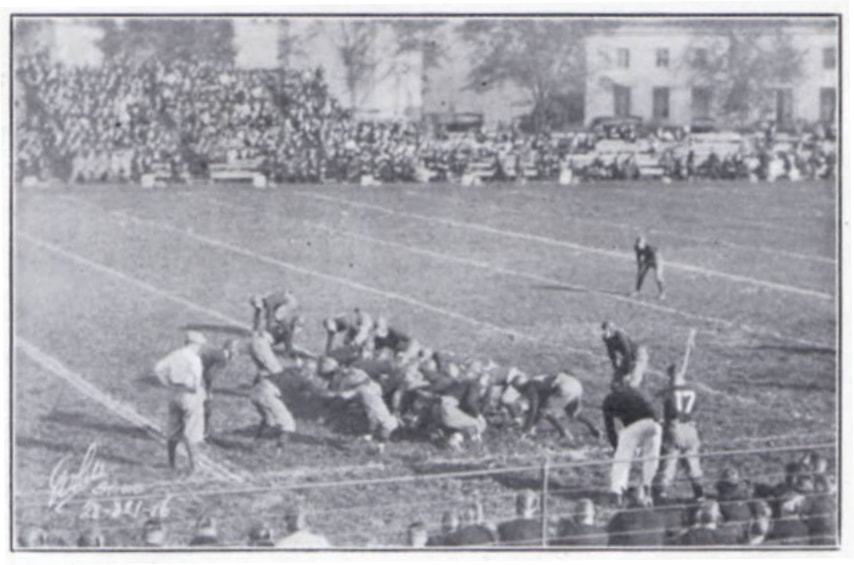
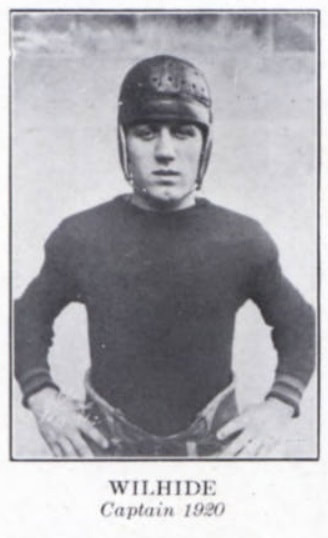
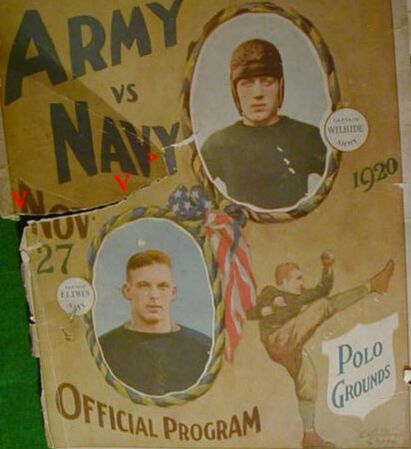
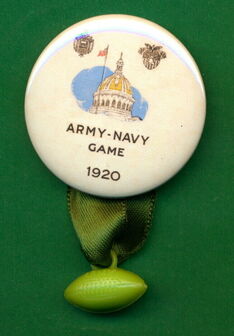
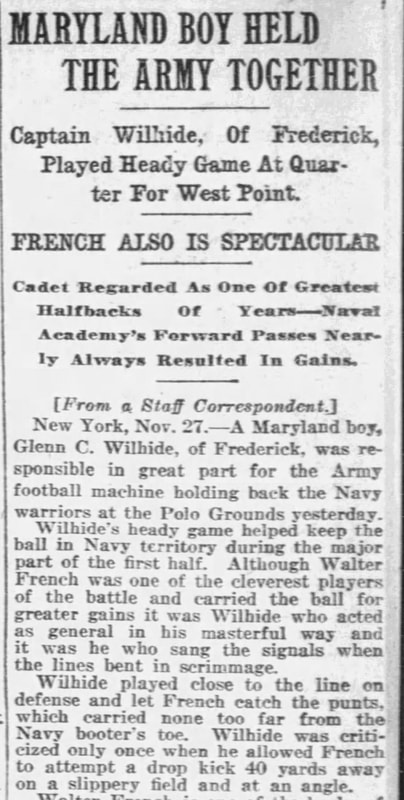
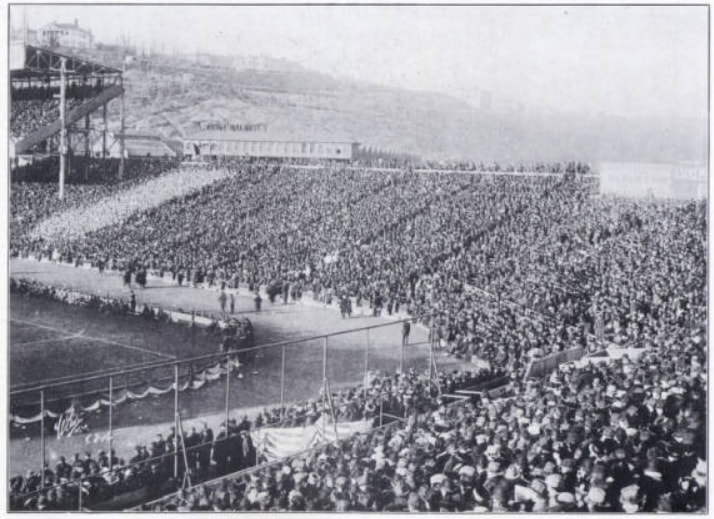
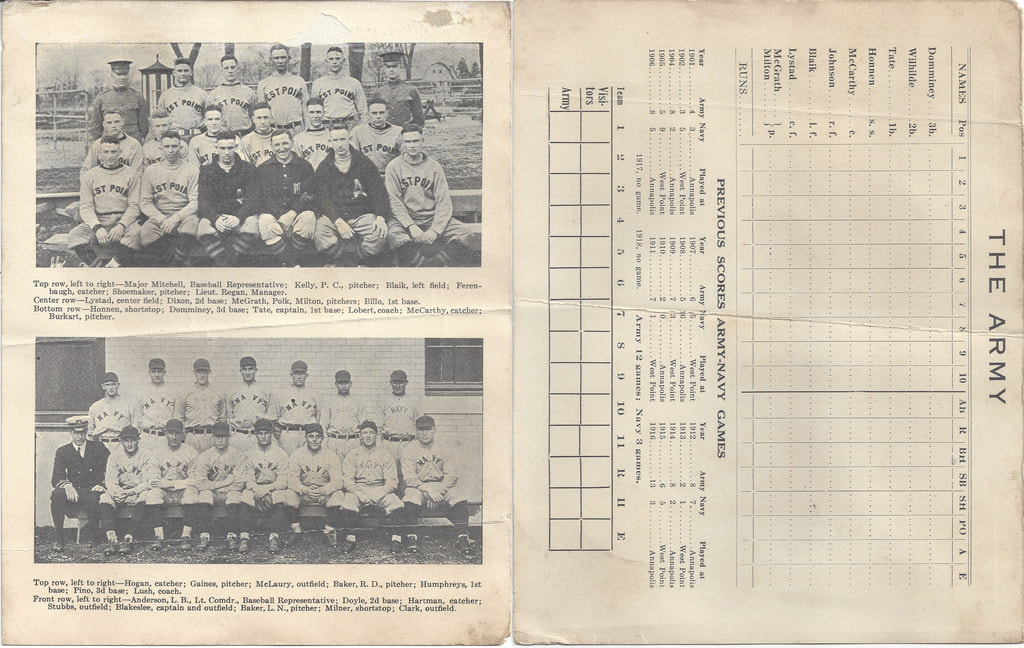
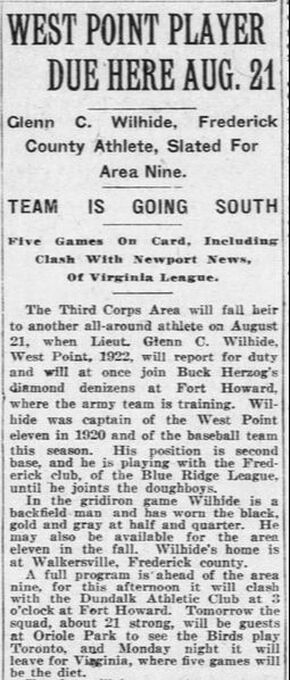
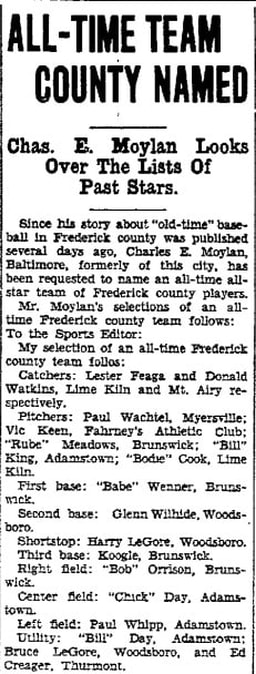


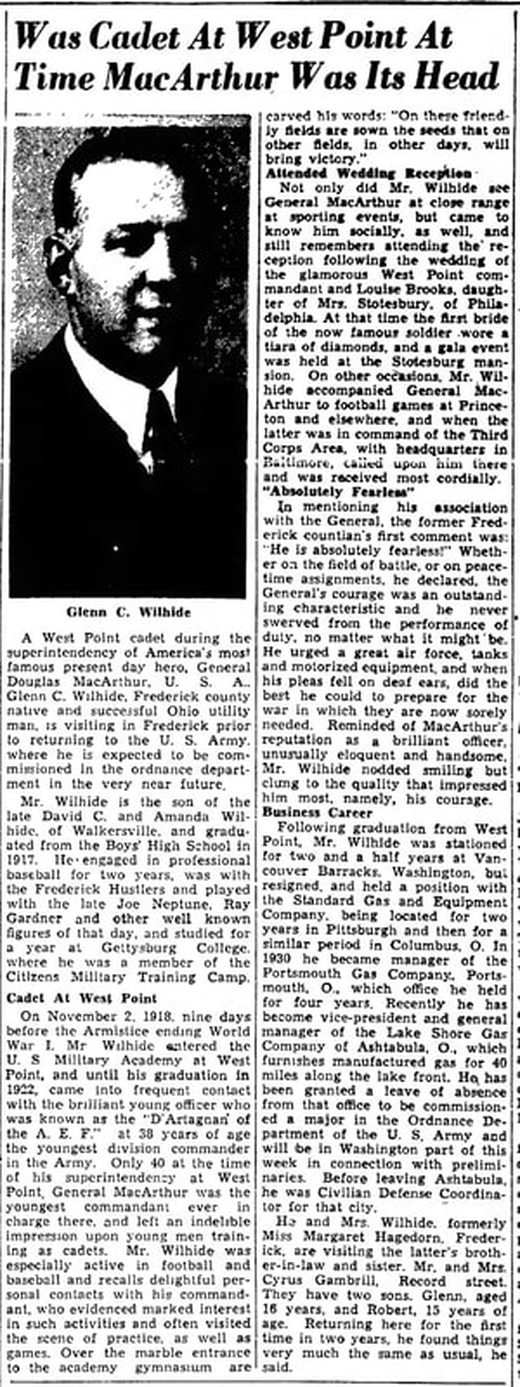
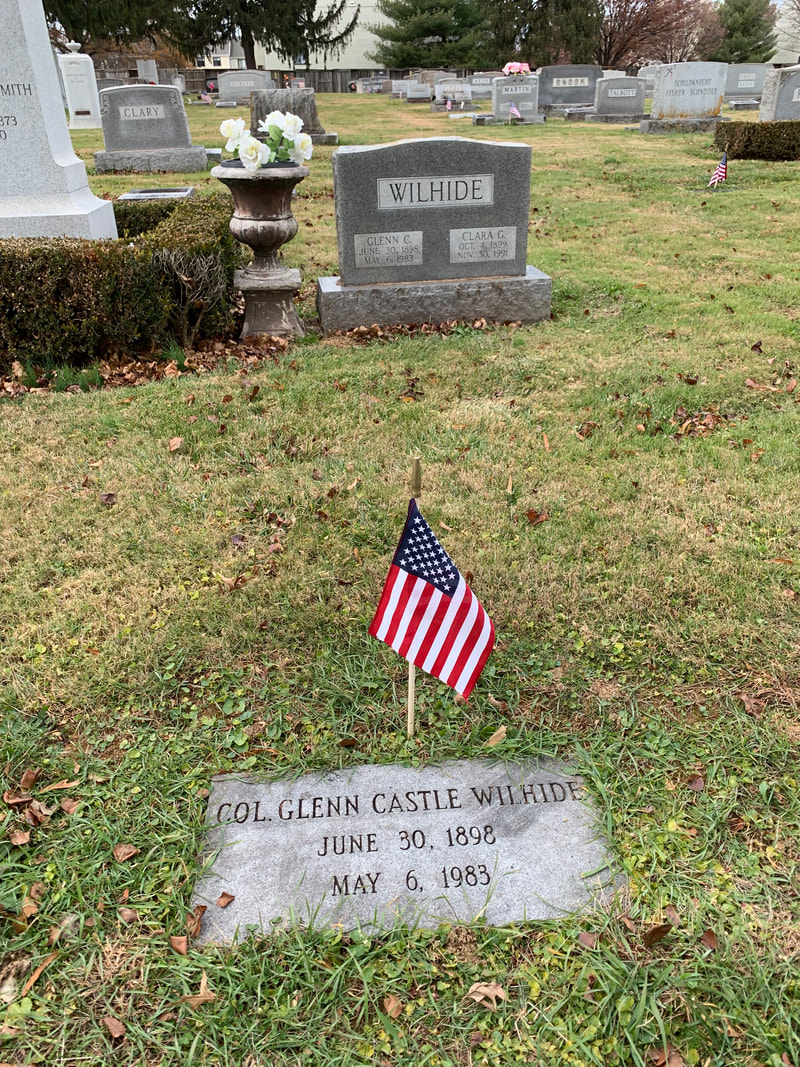
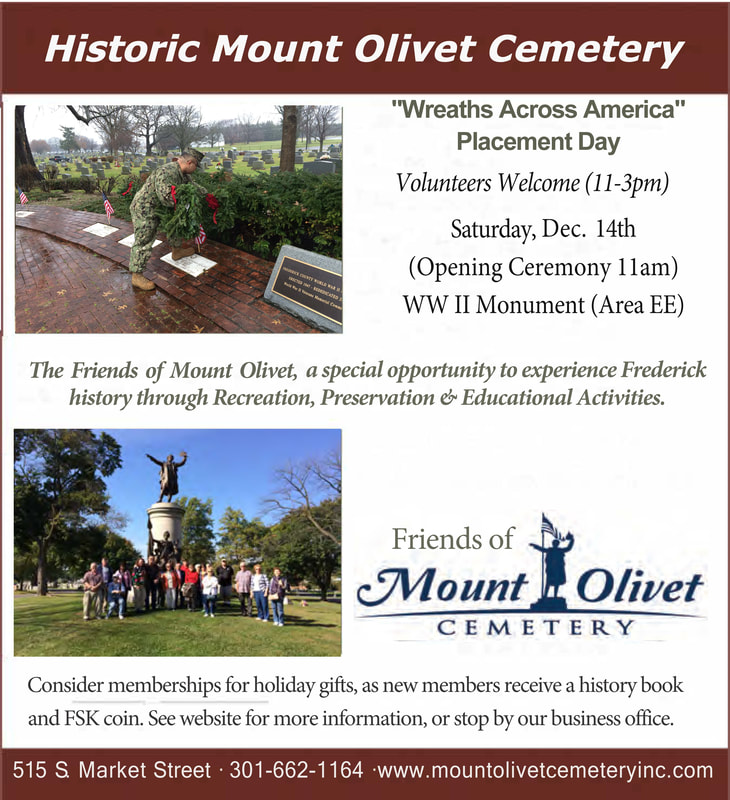
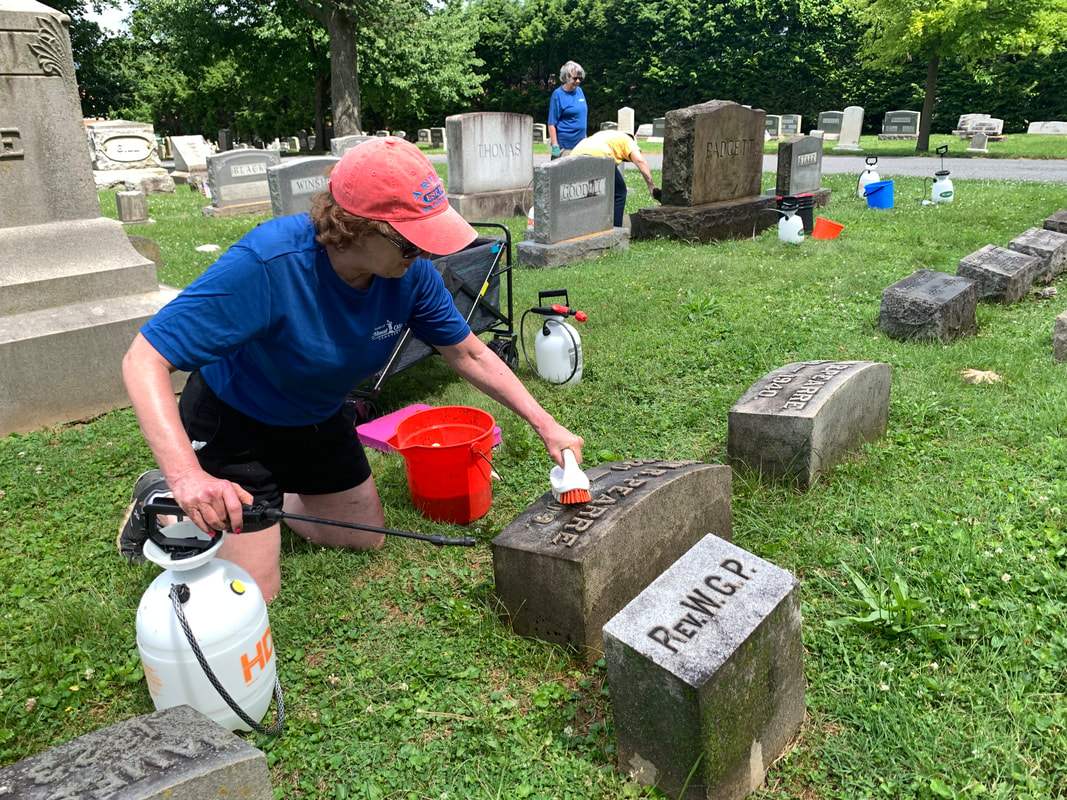
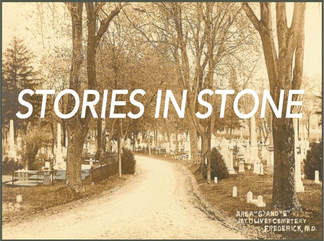
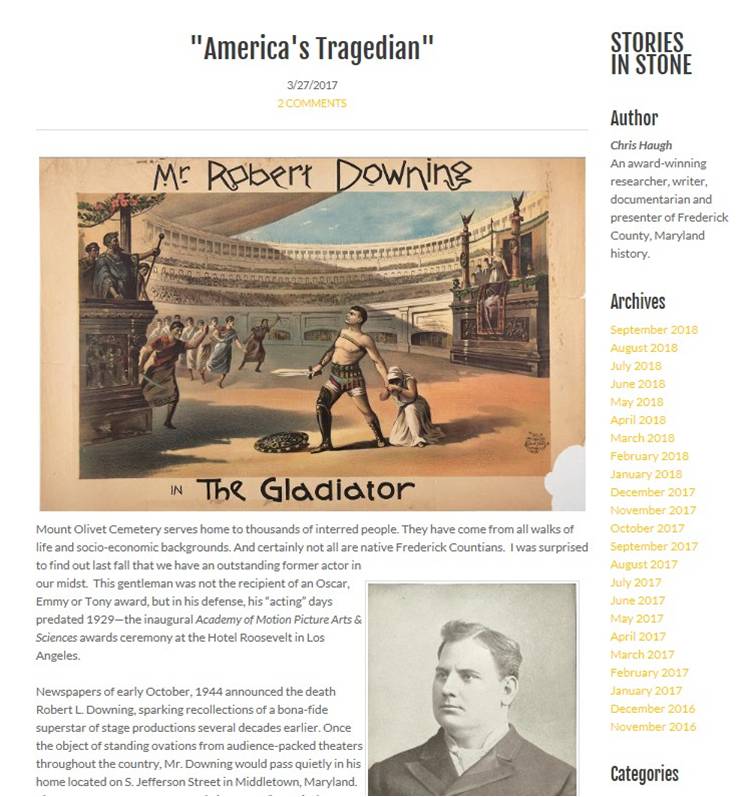
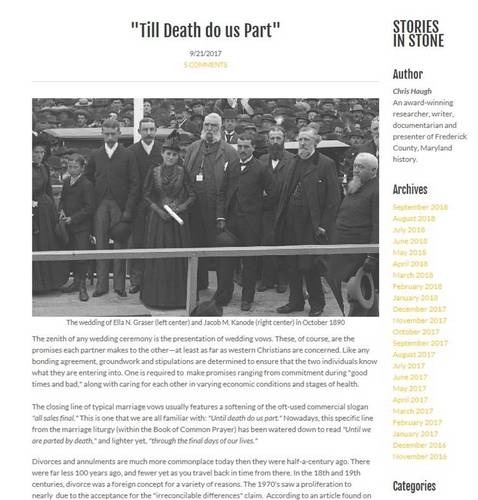
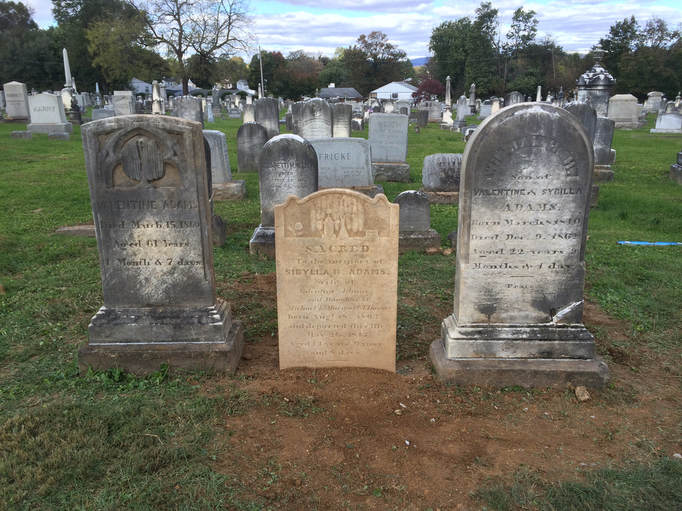
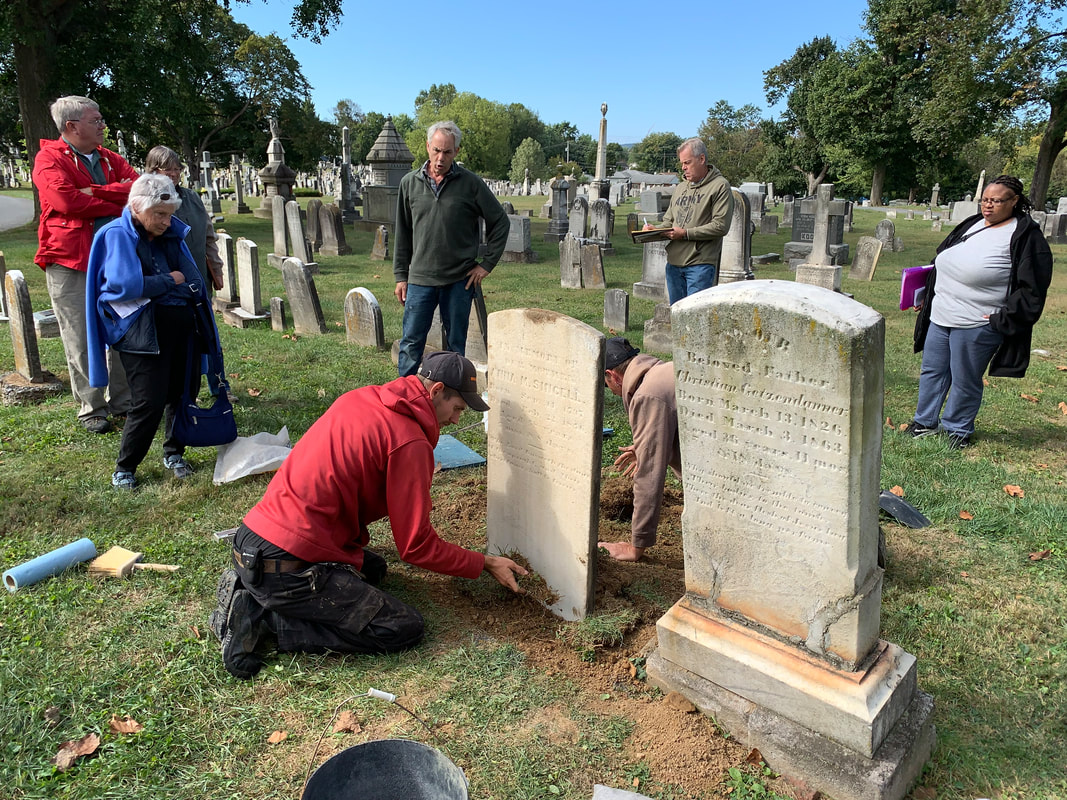
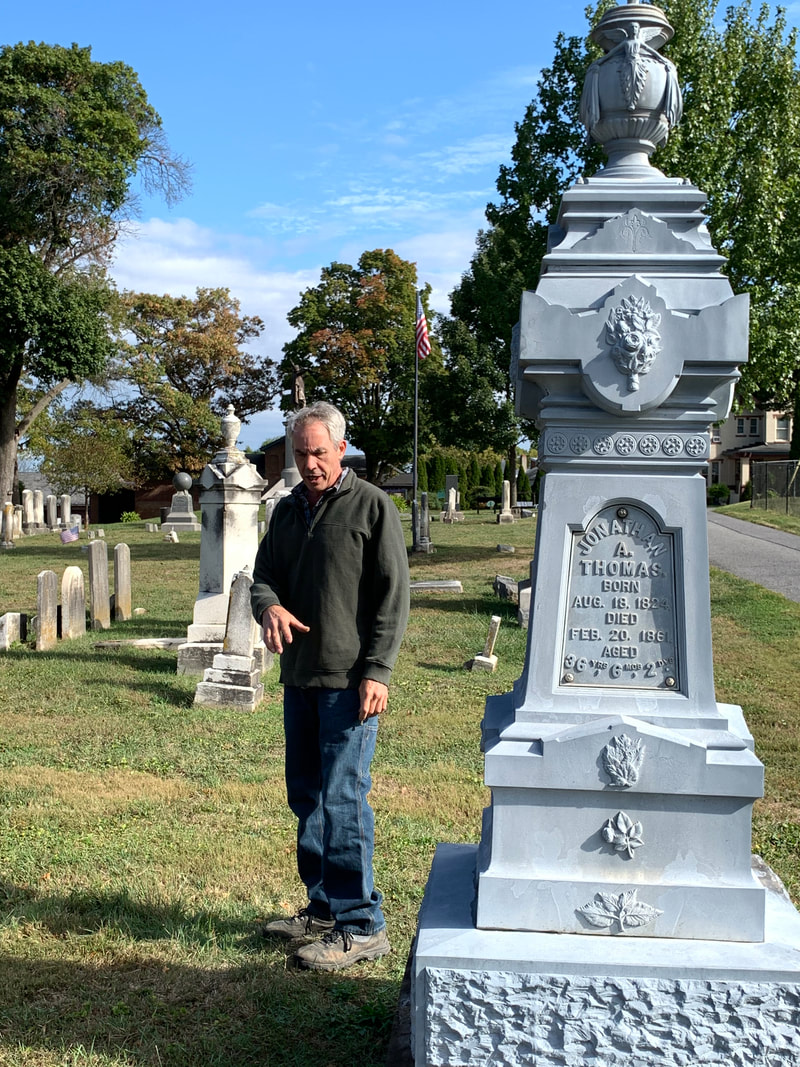
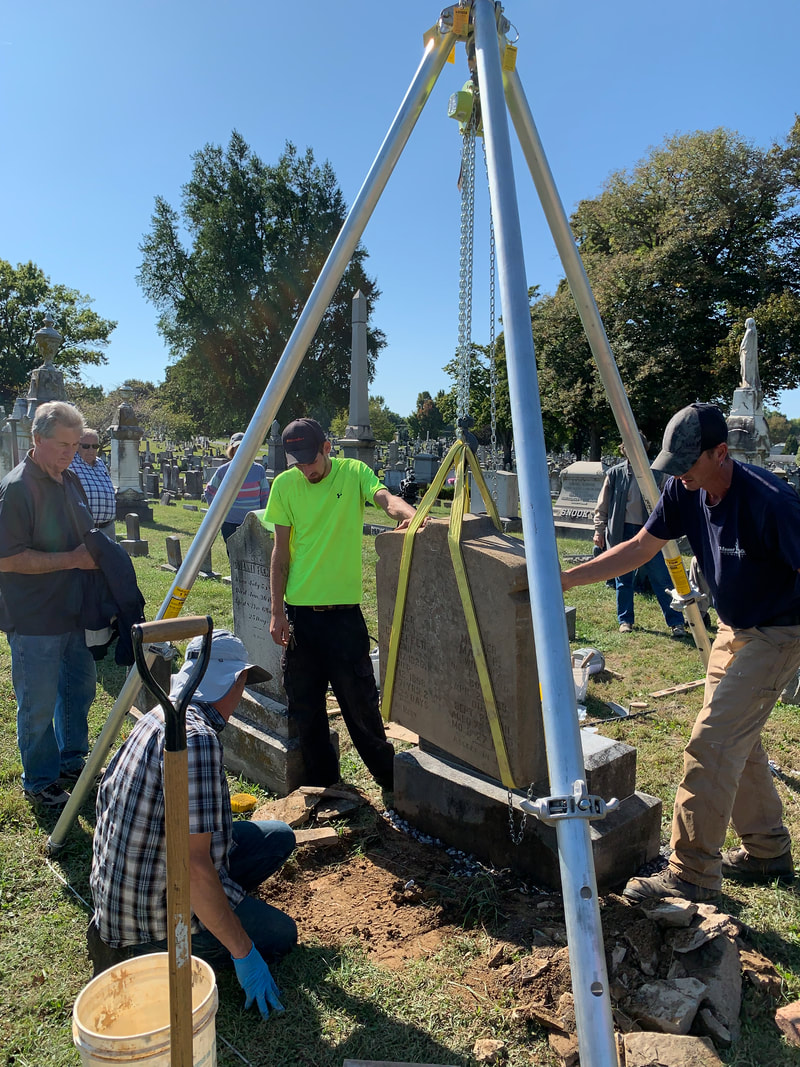
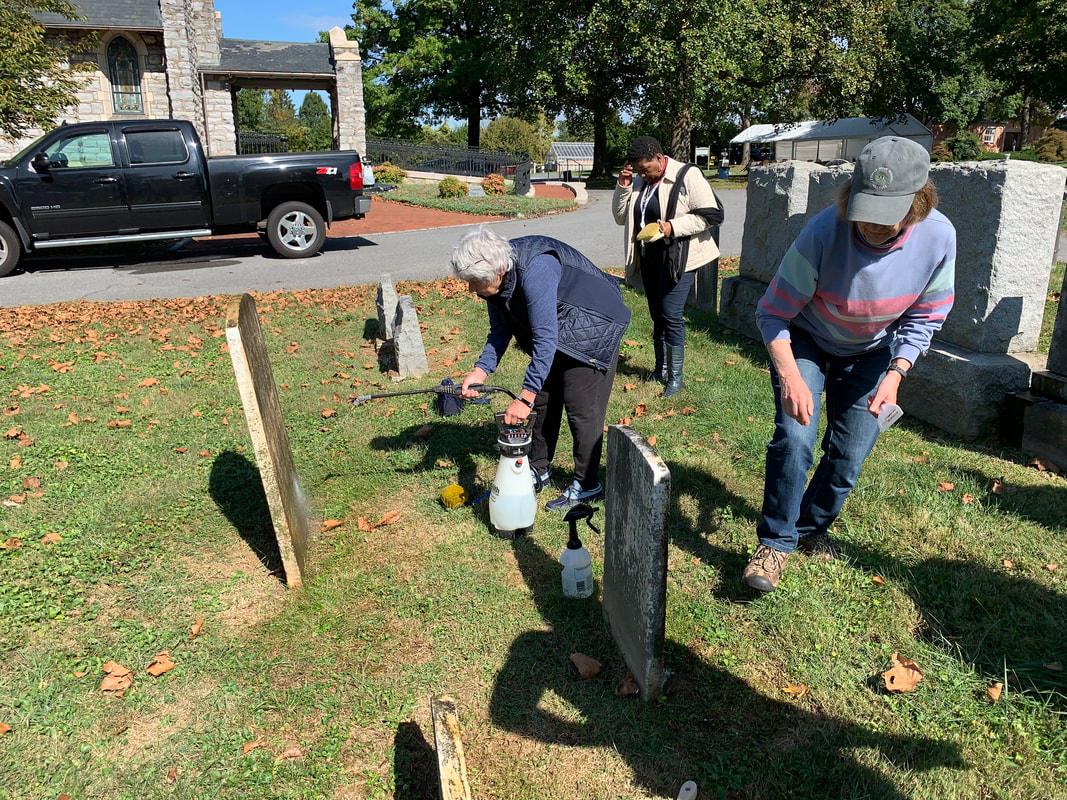
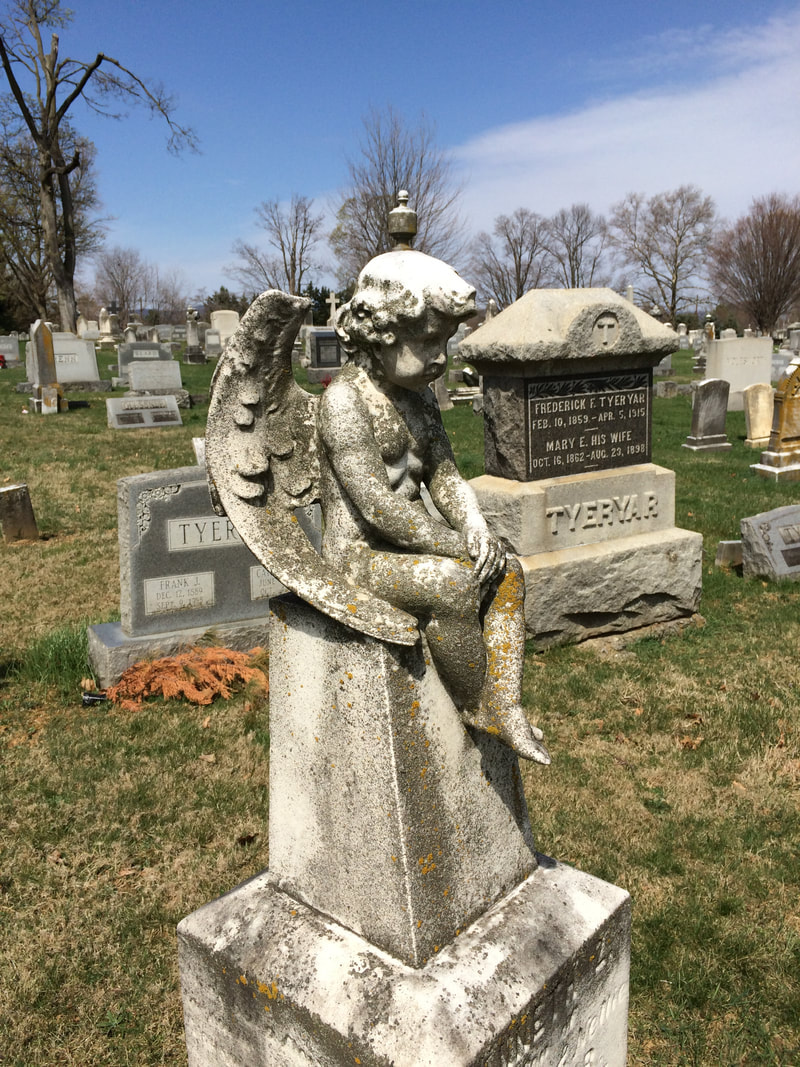
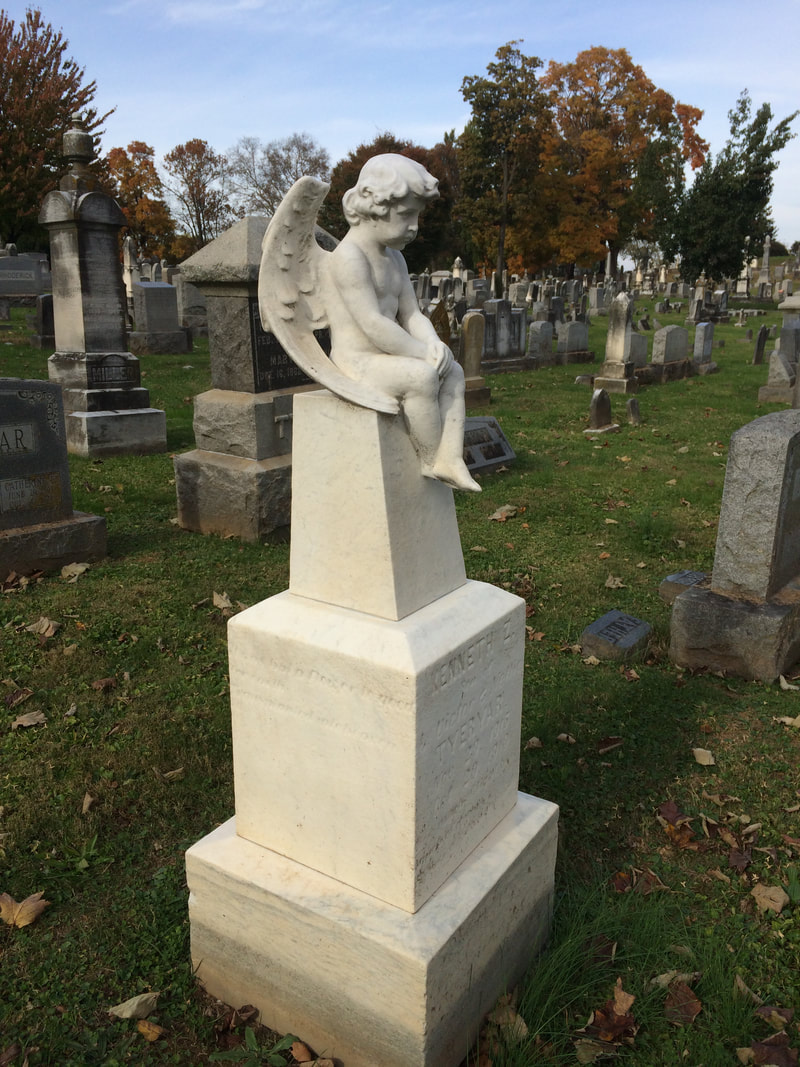
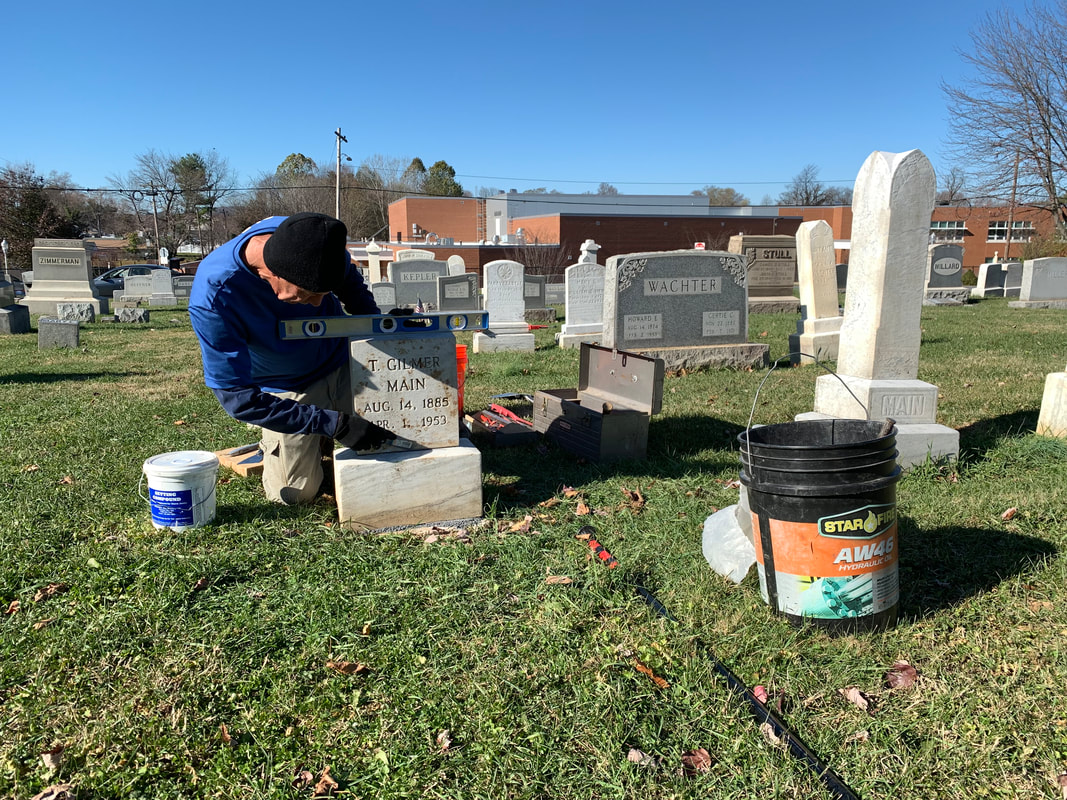
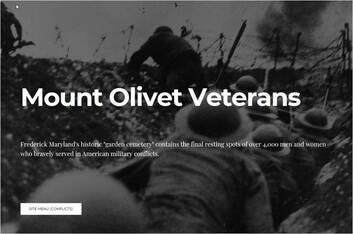
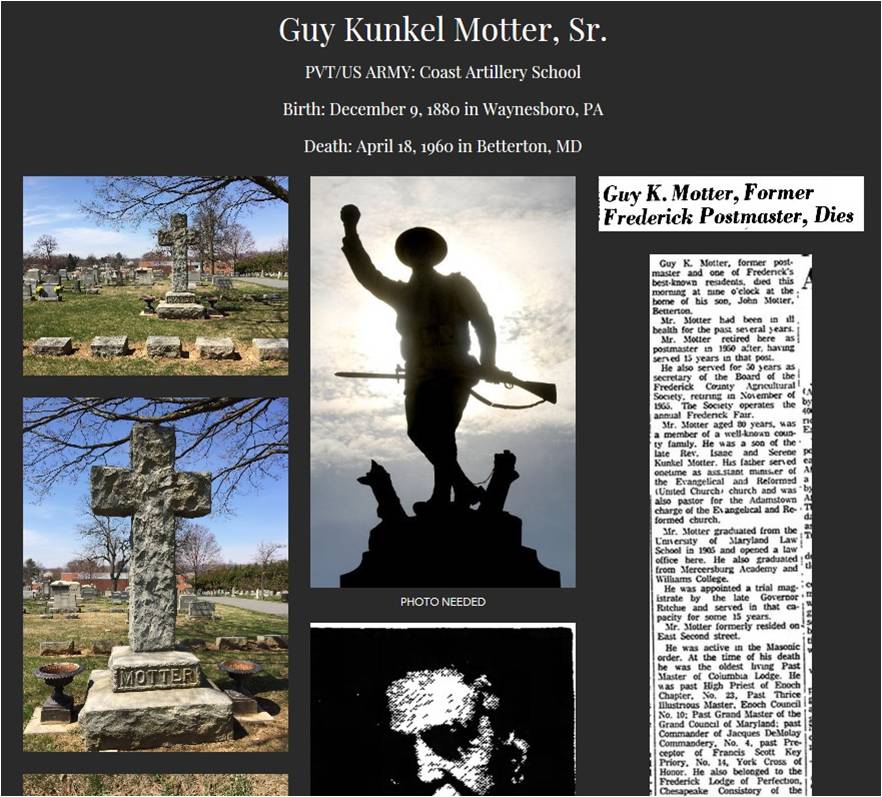
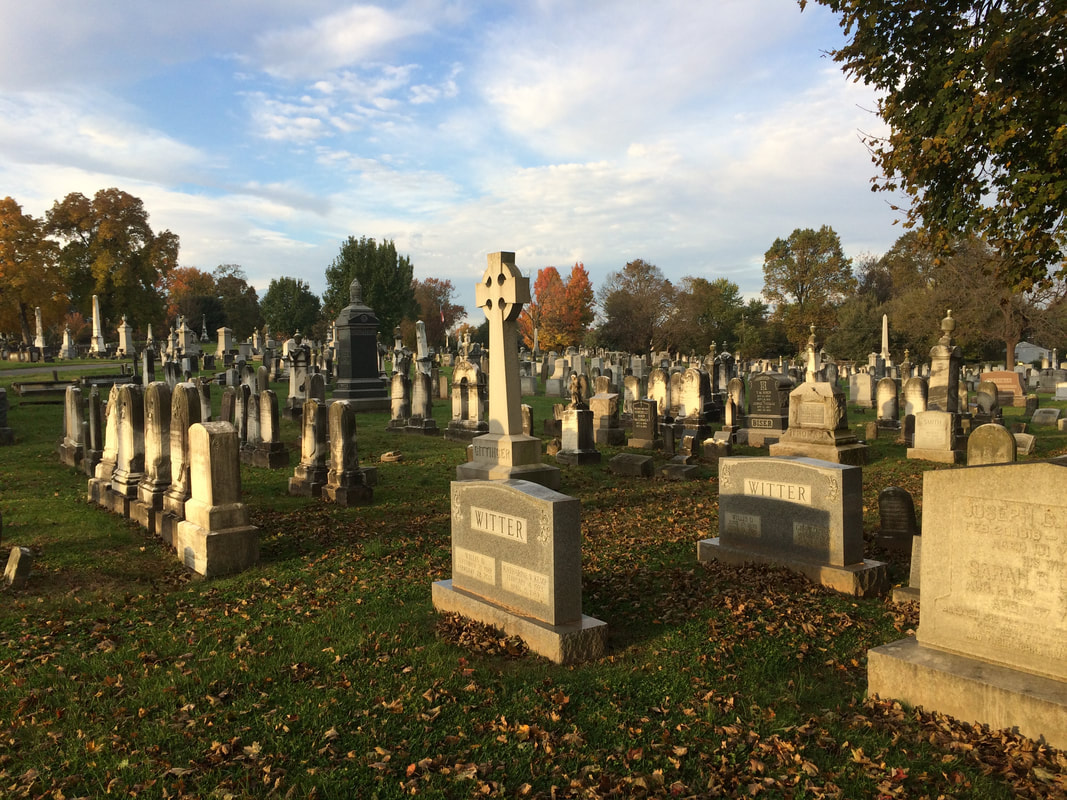
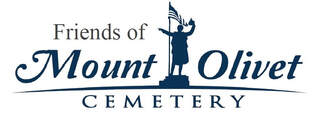


 RSS Feed
RSS Feed